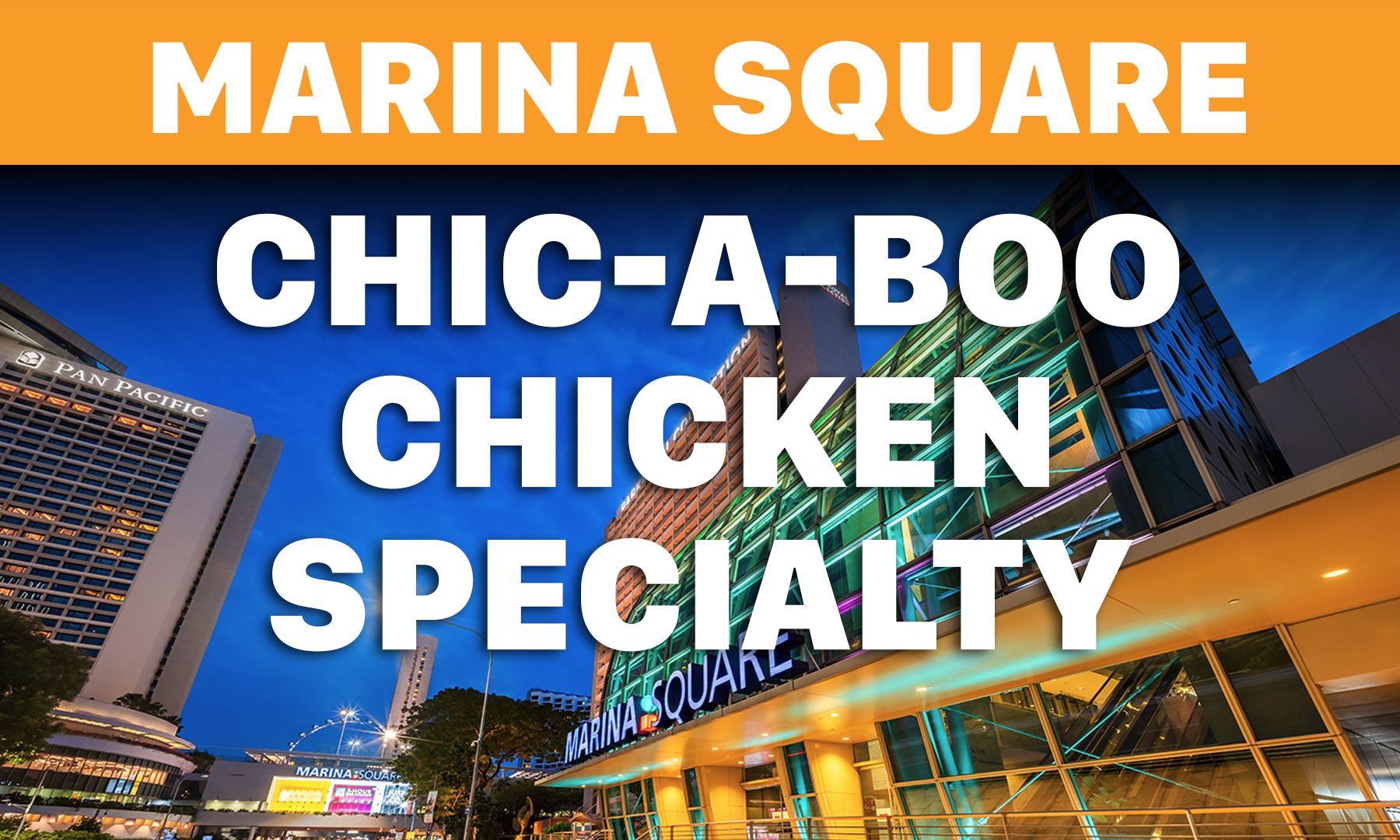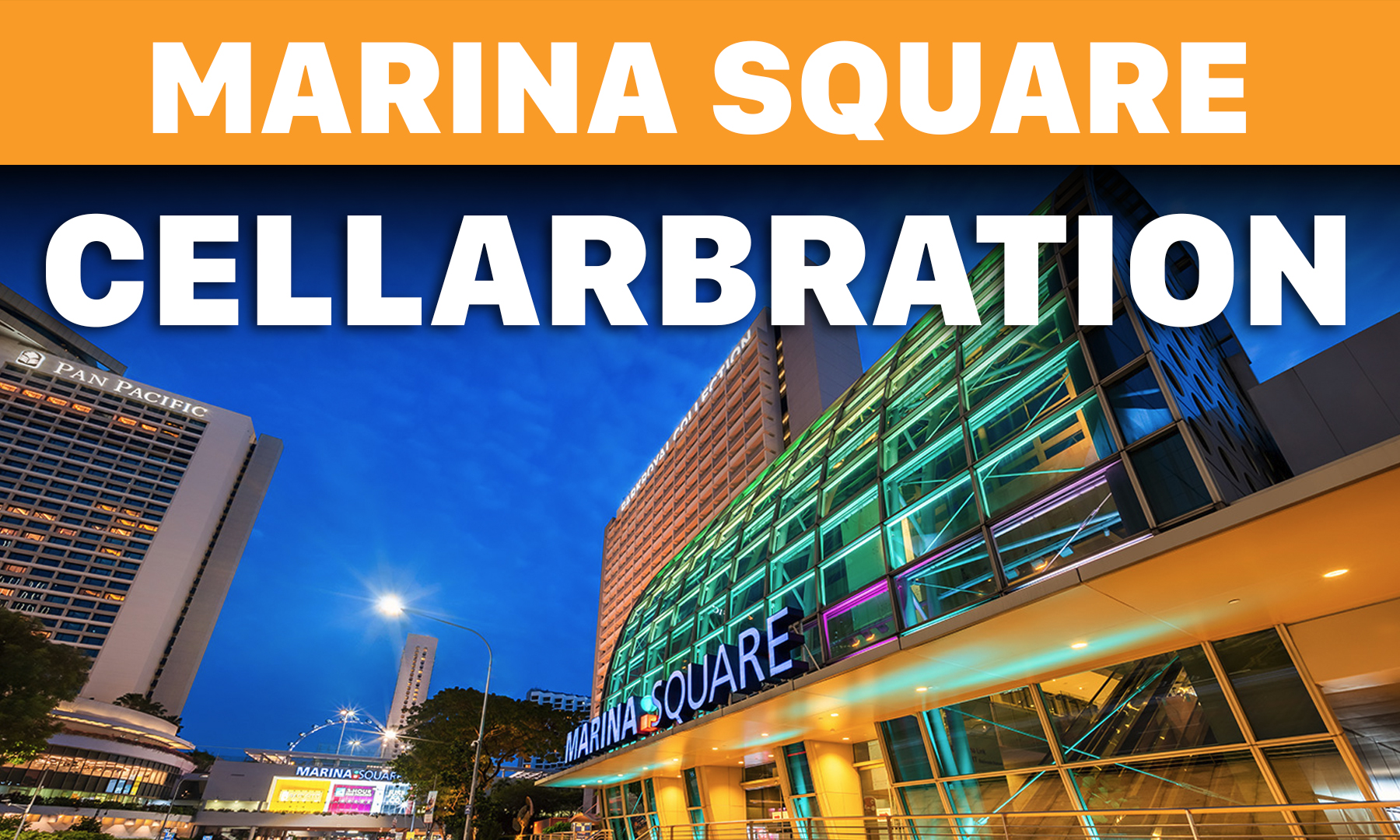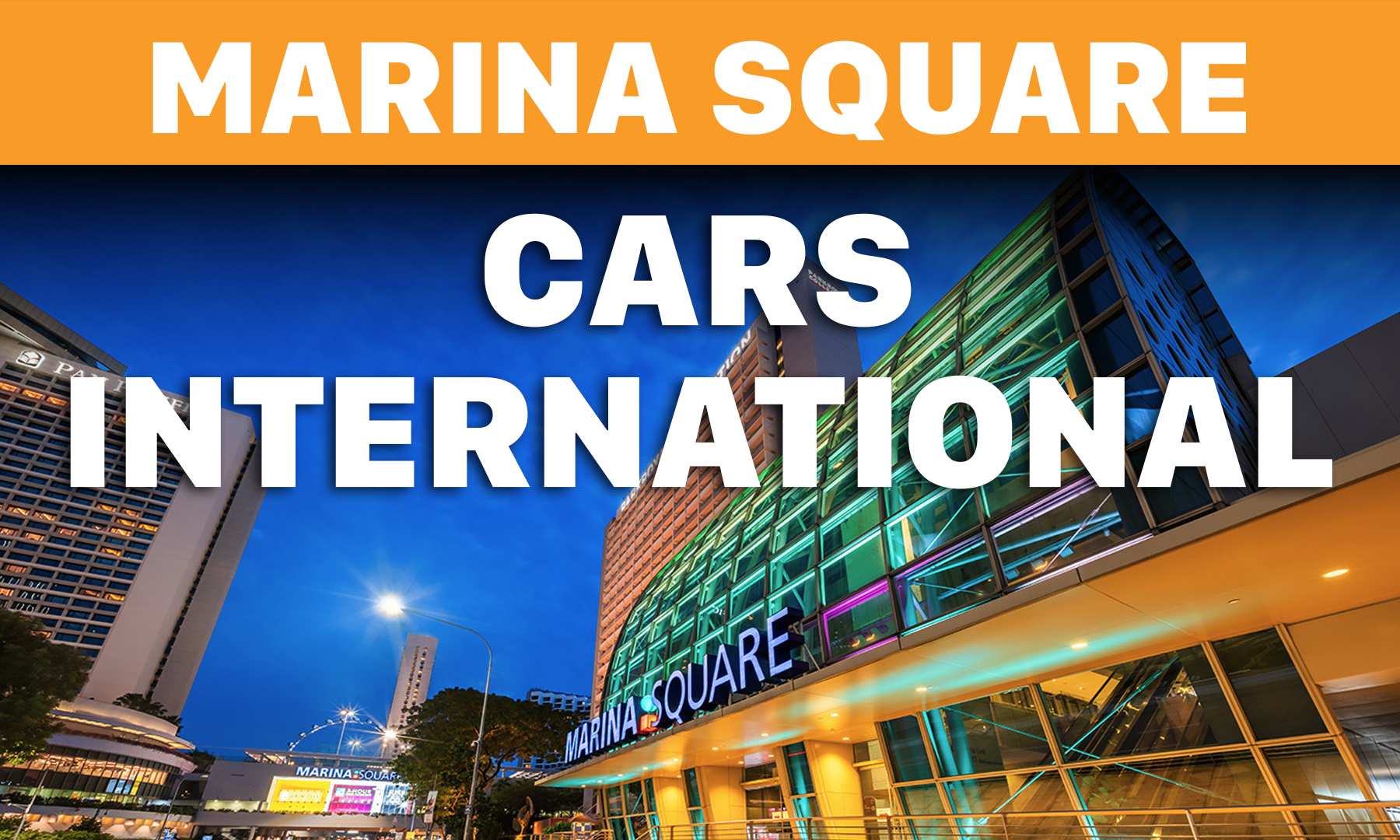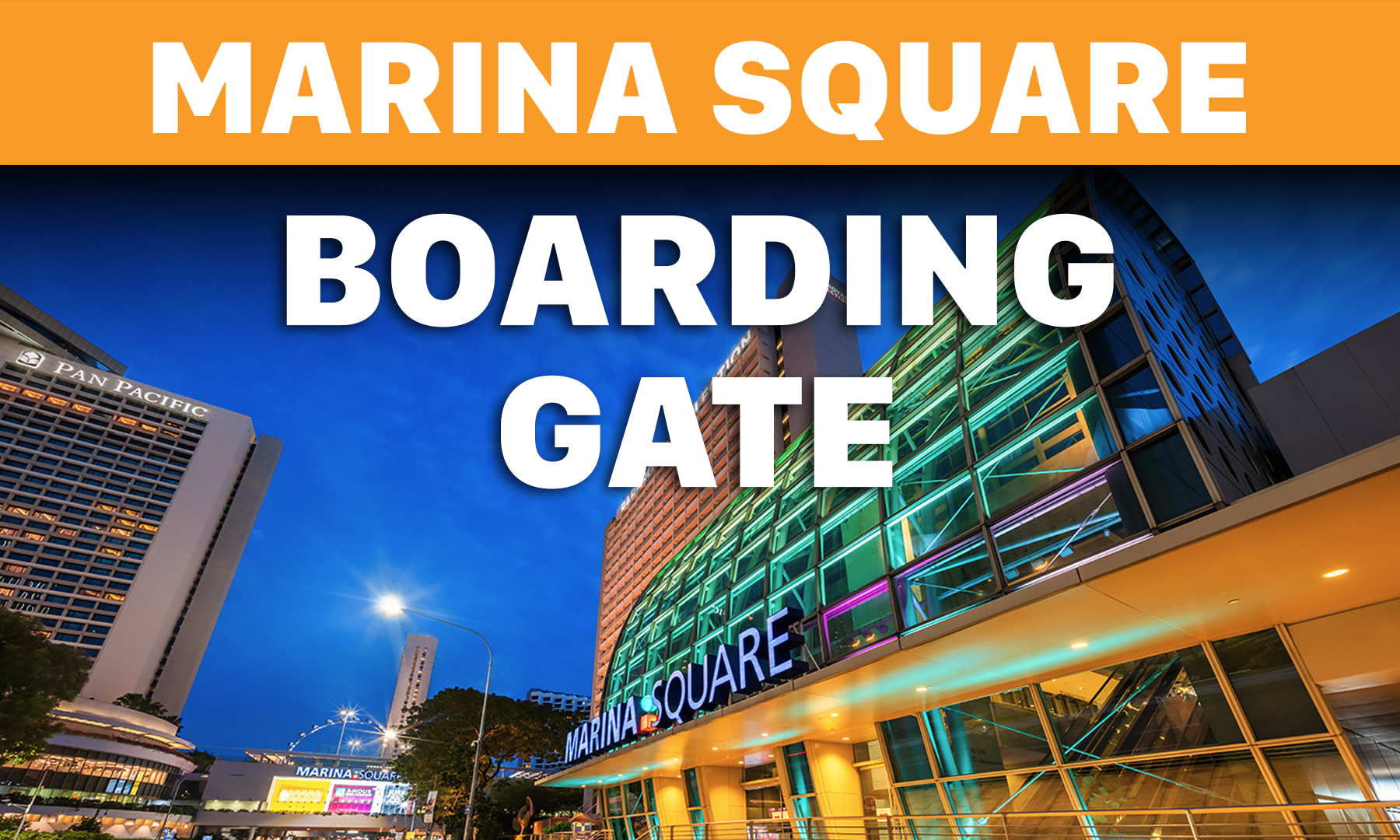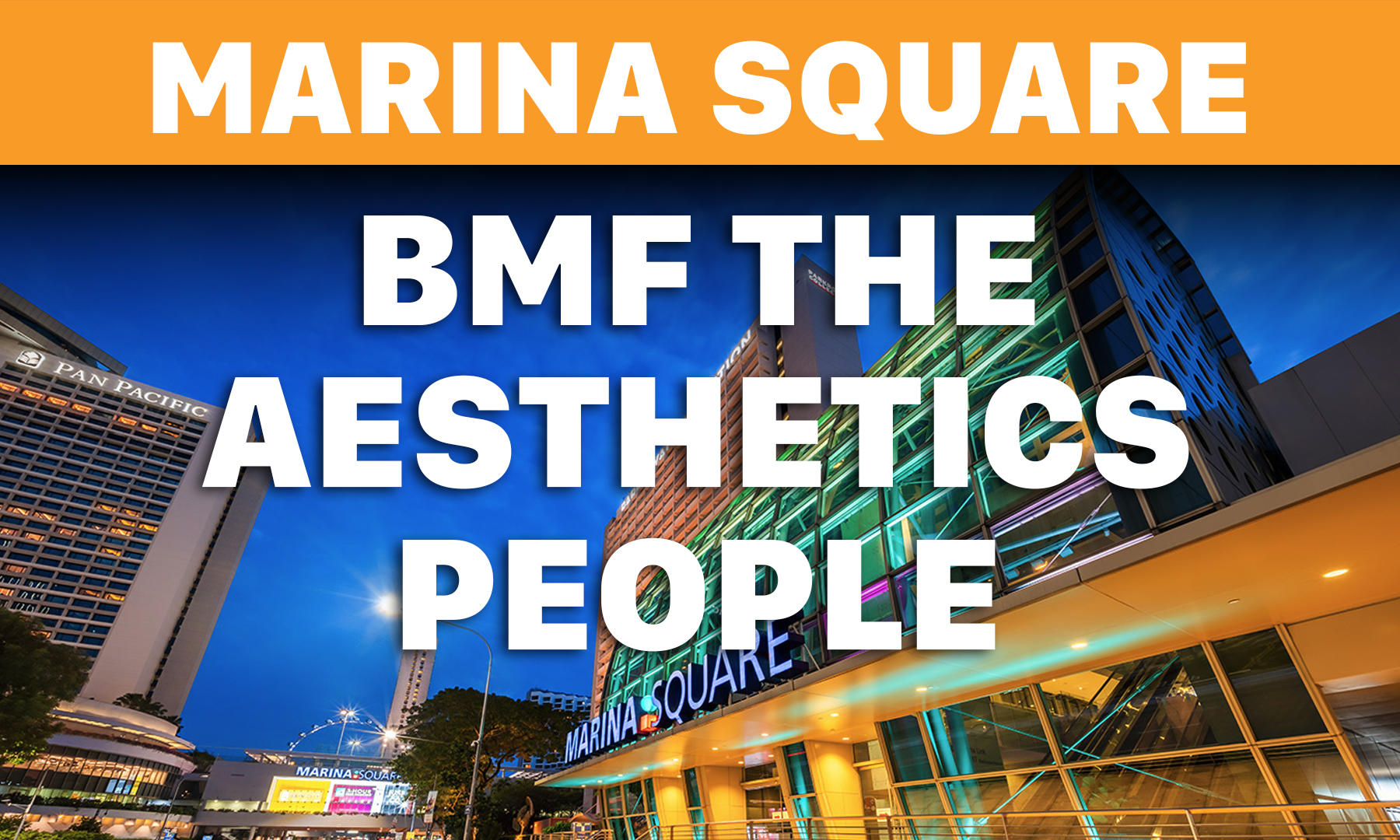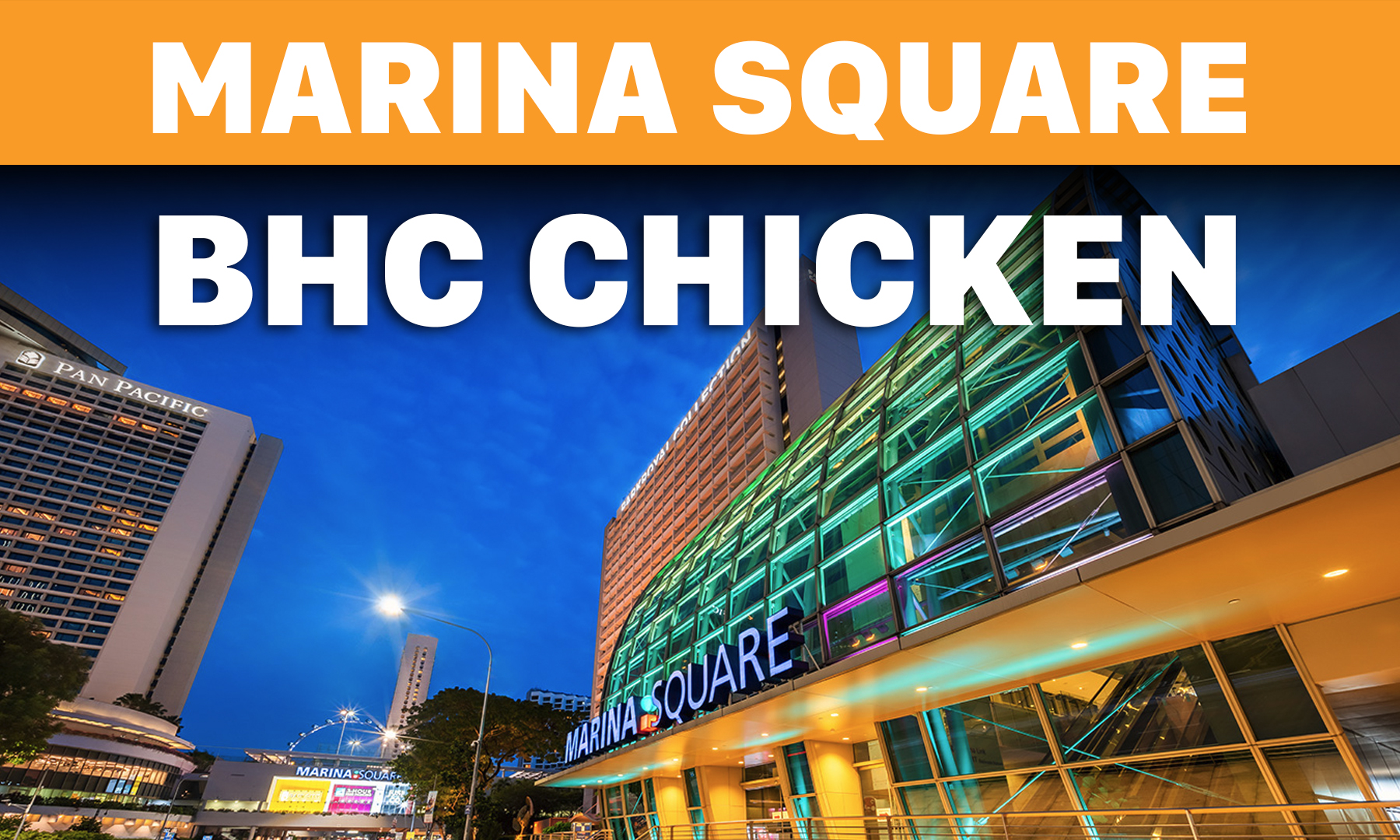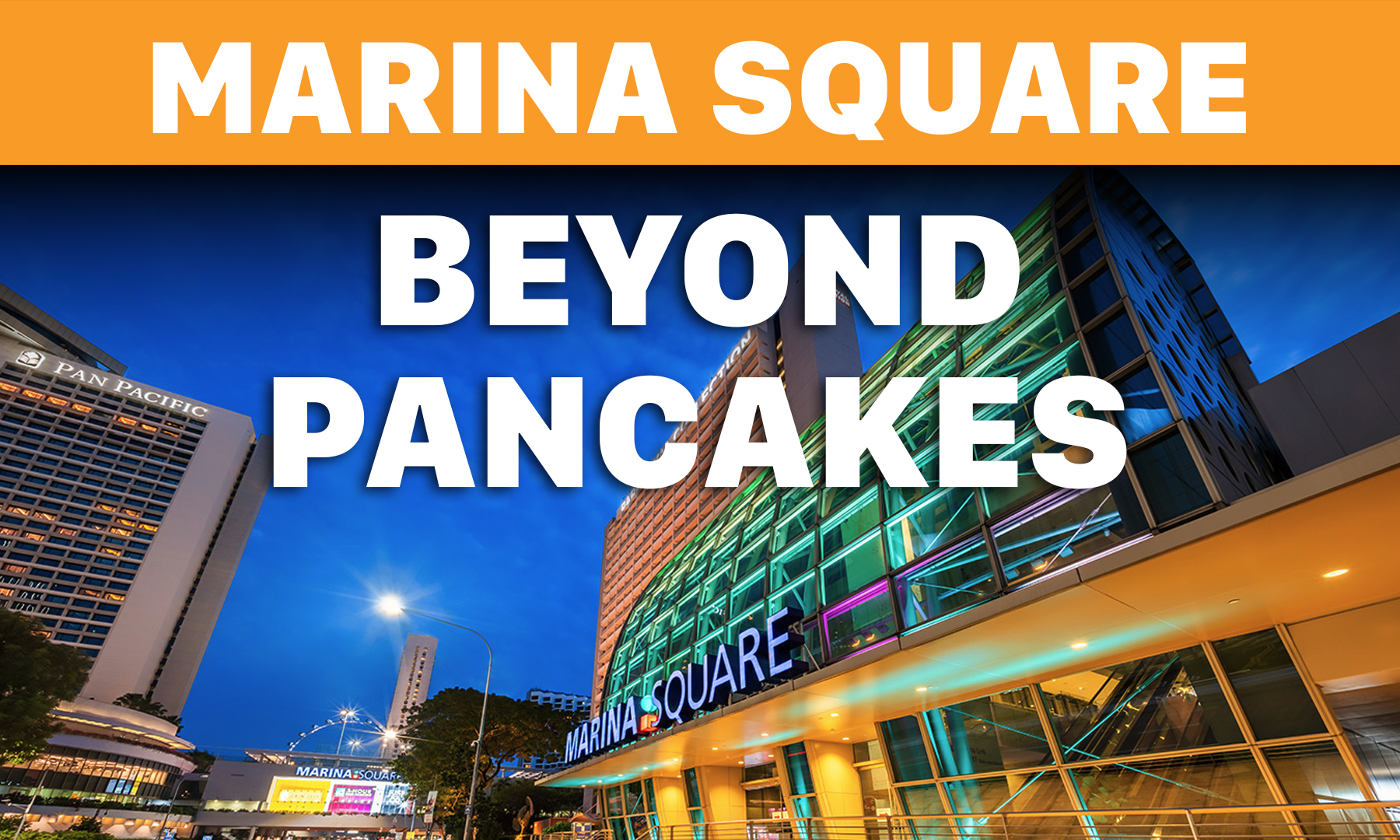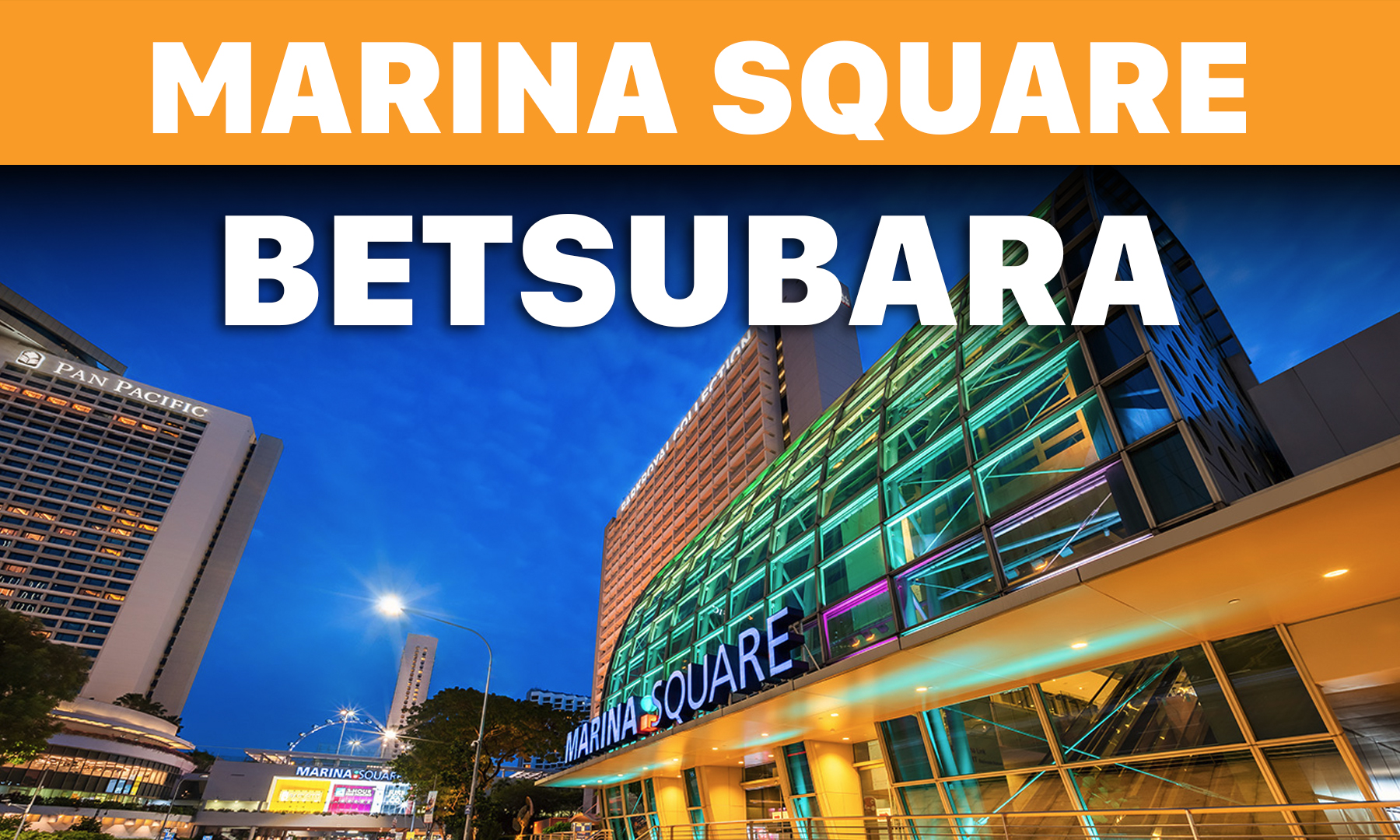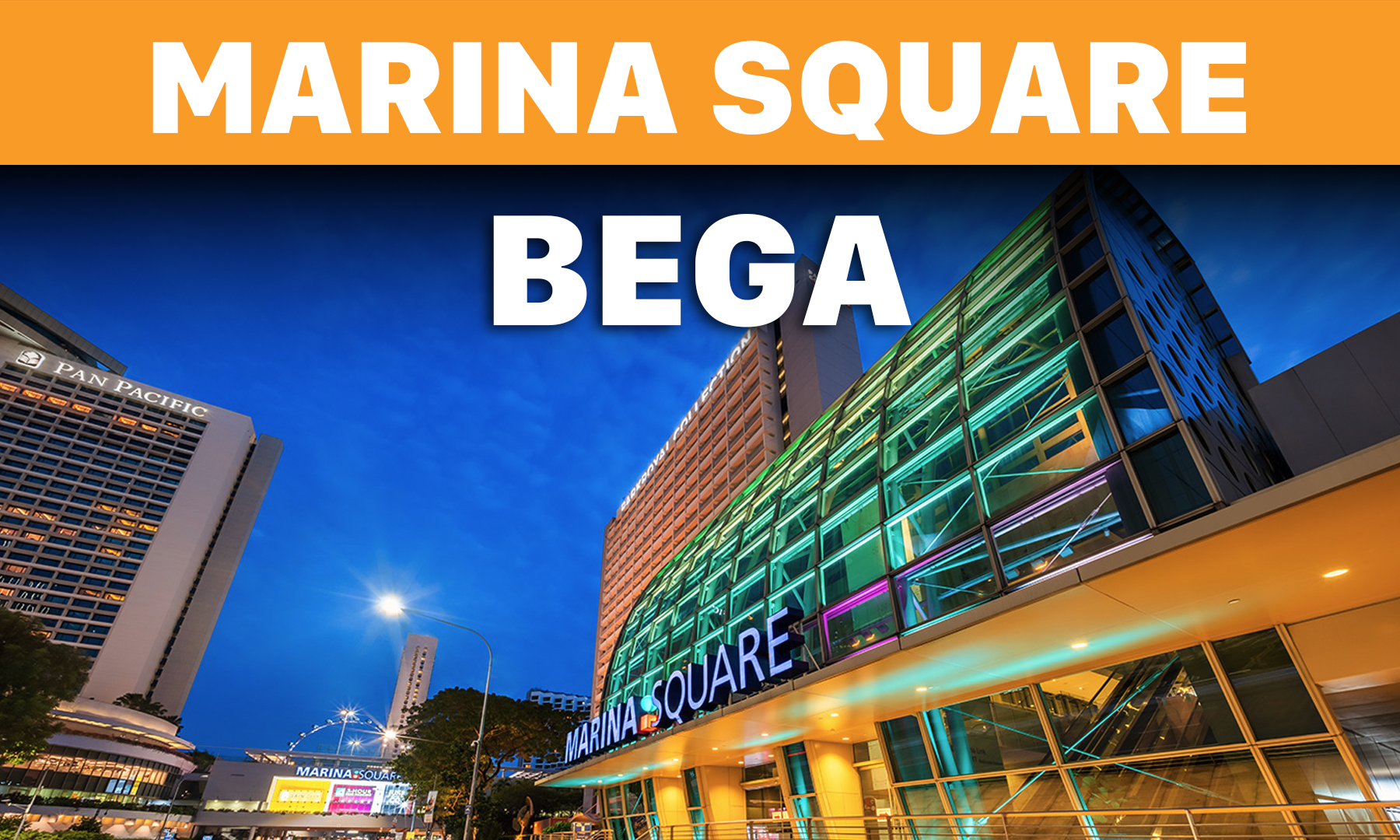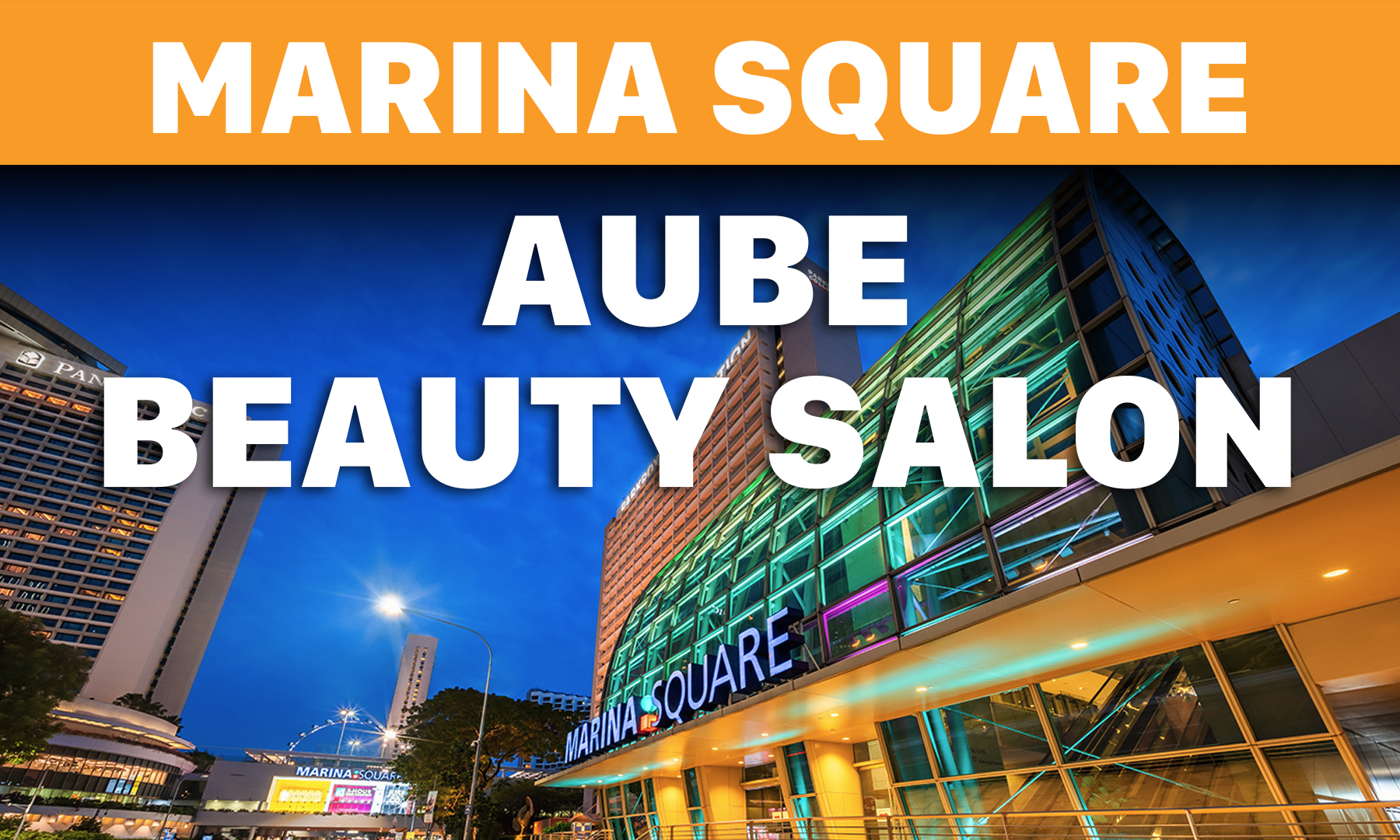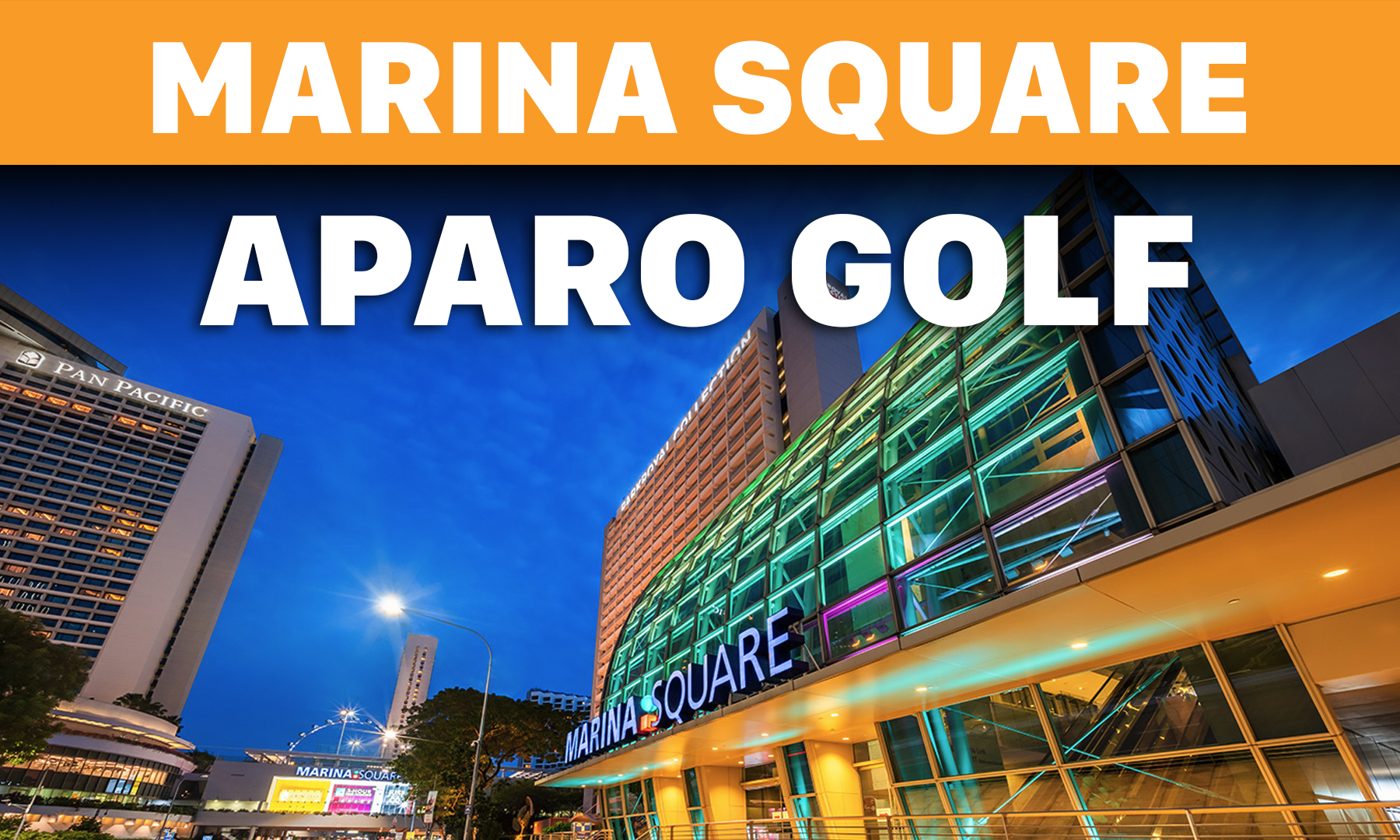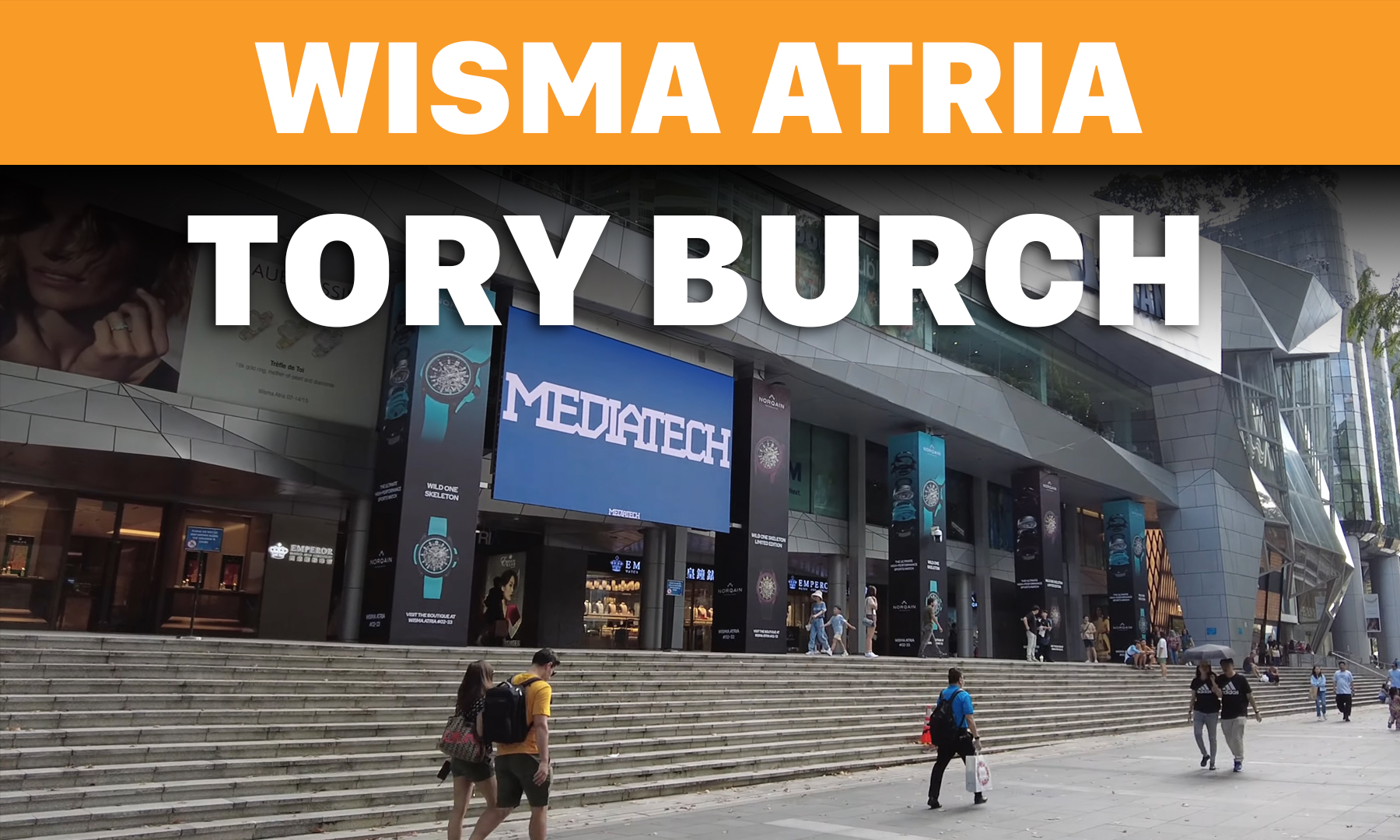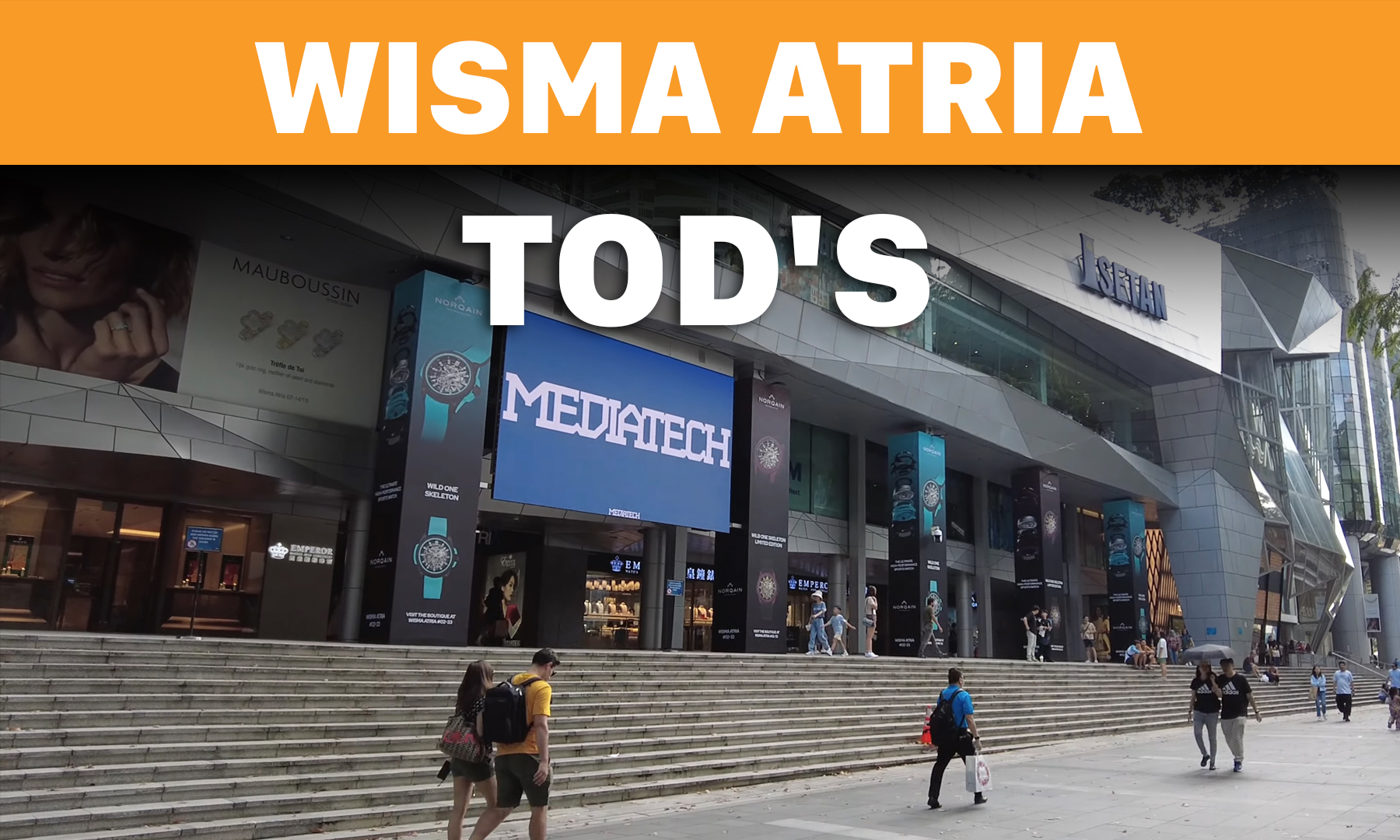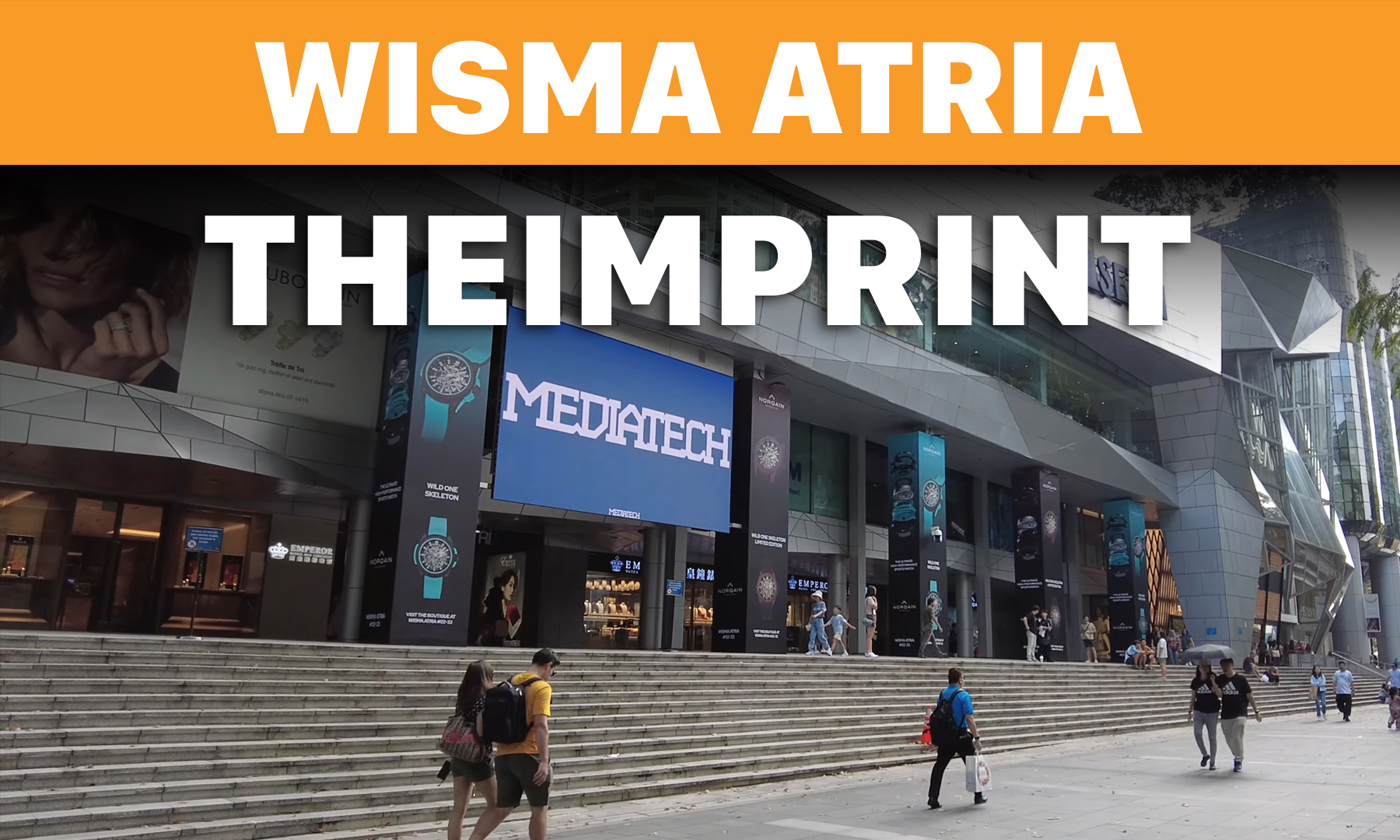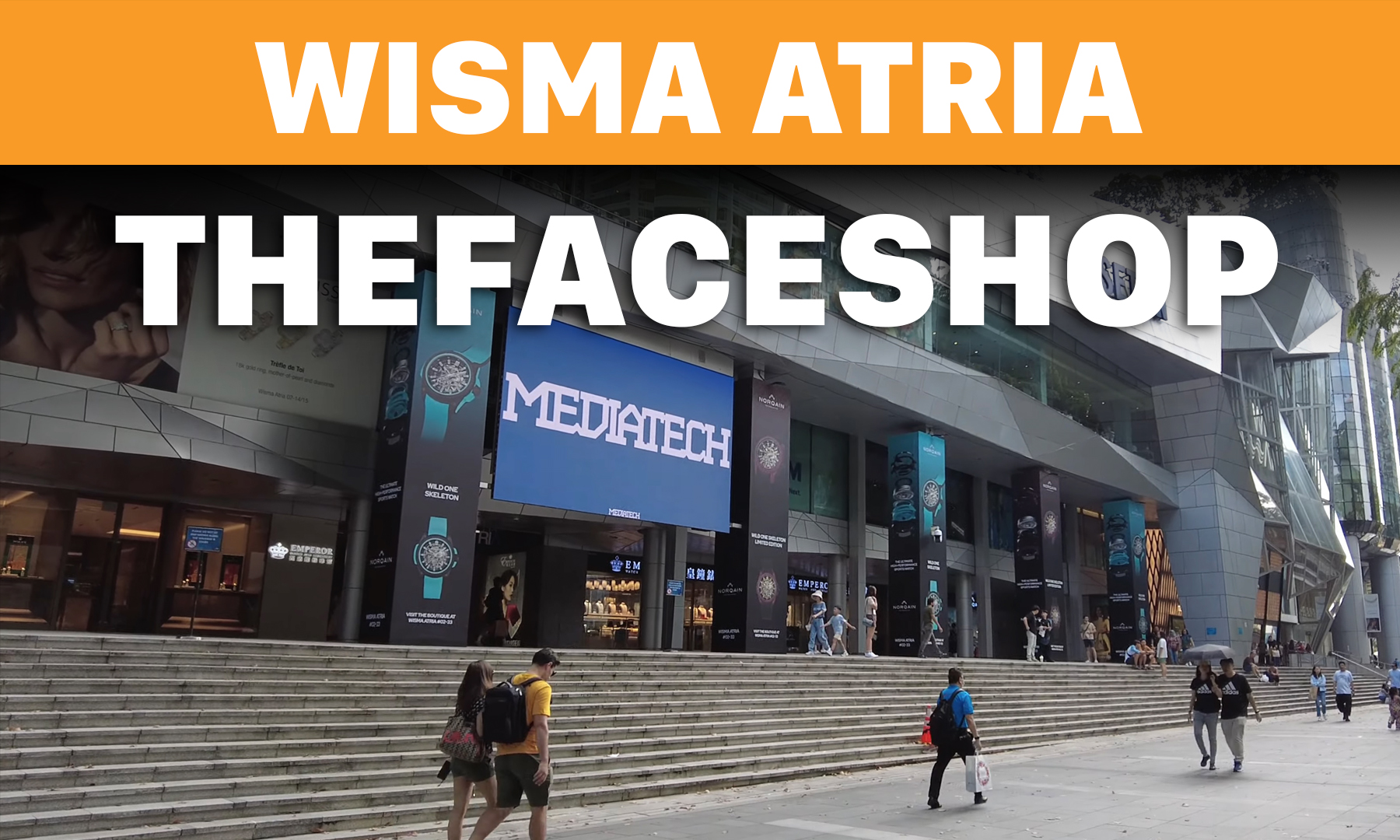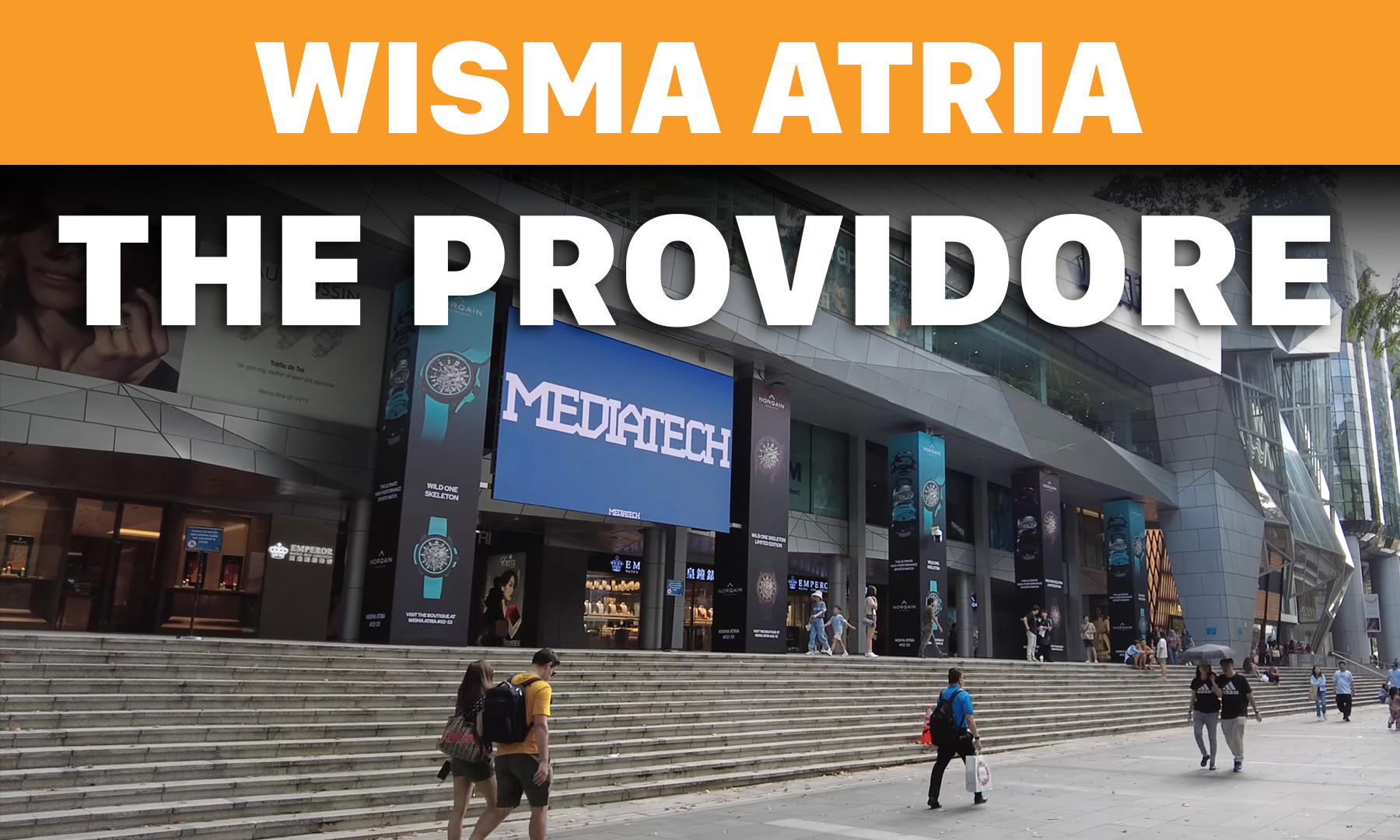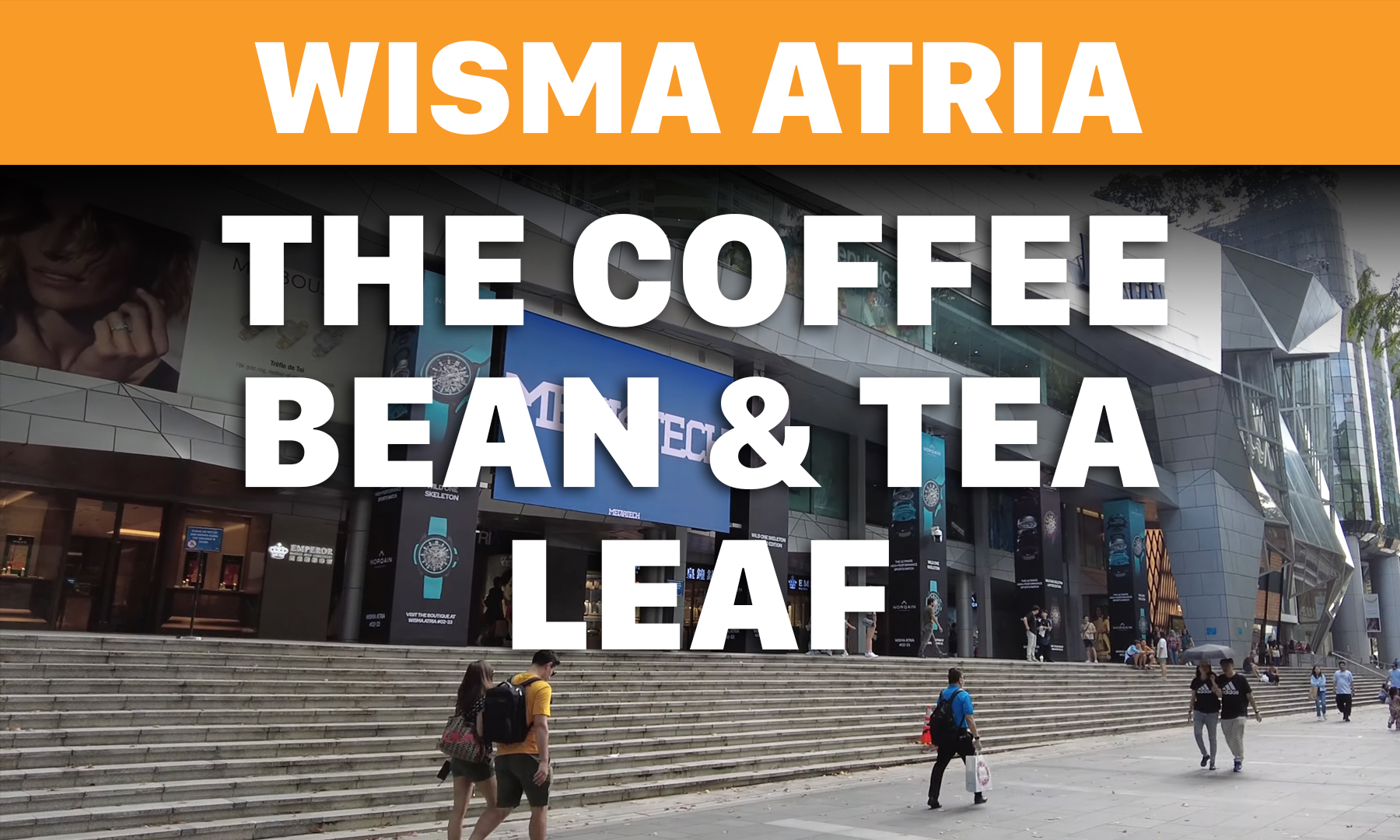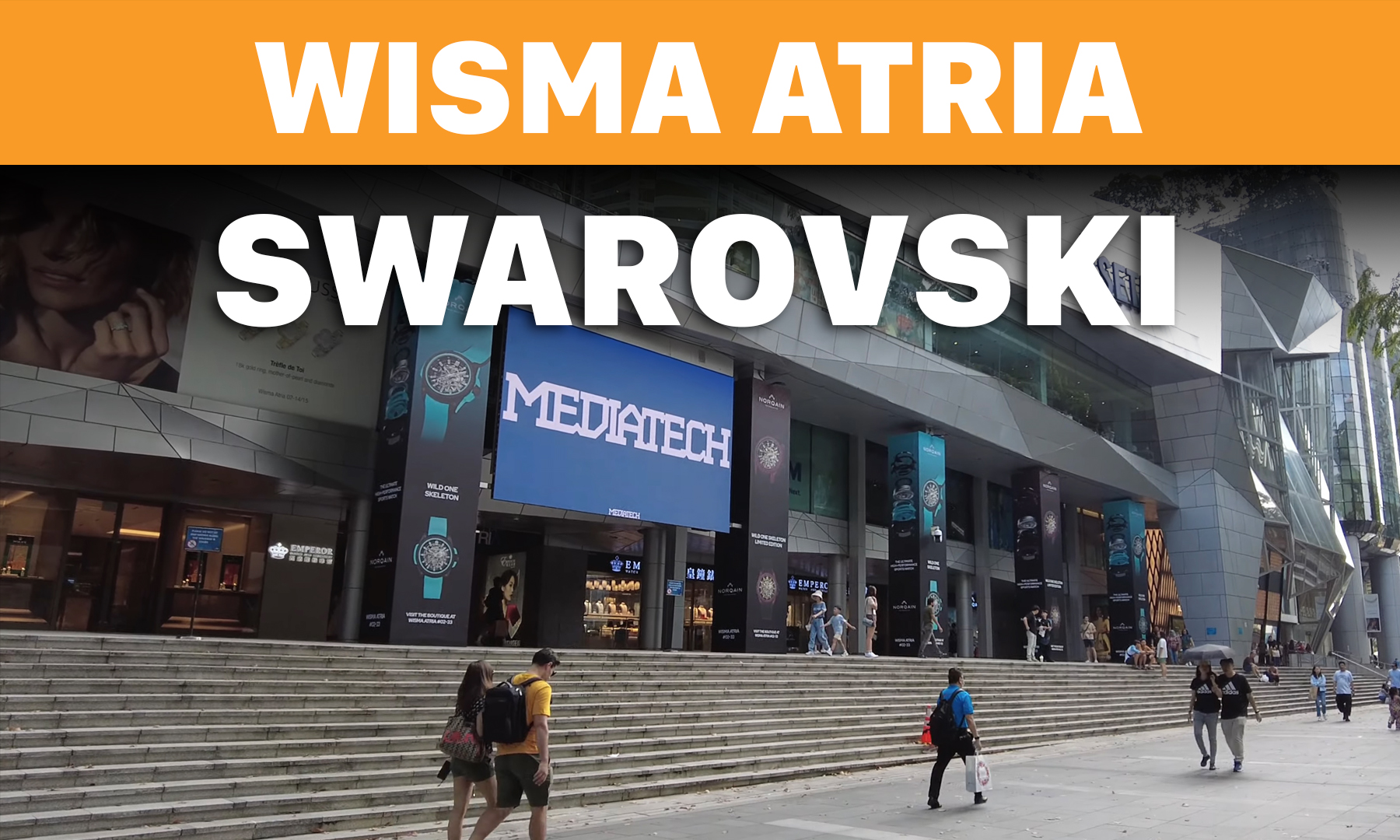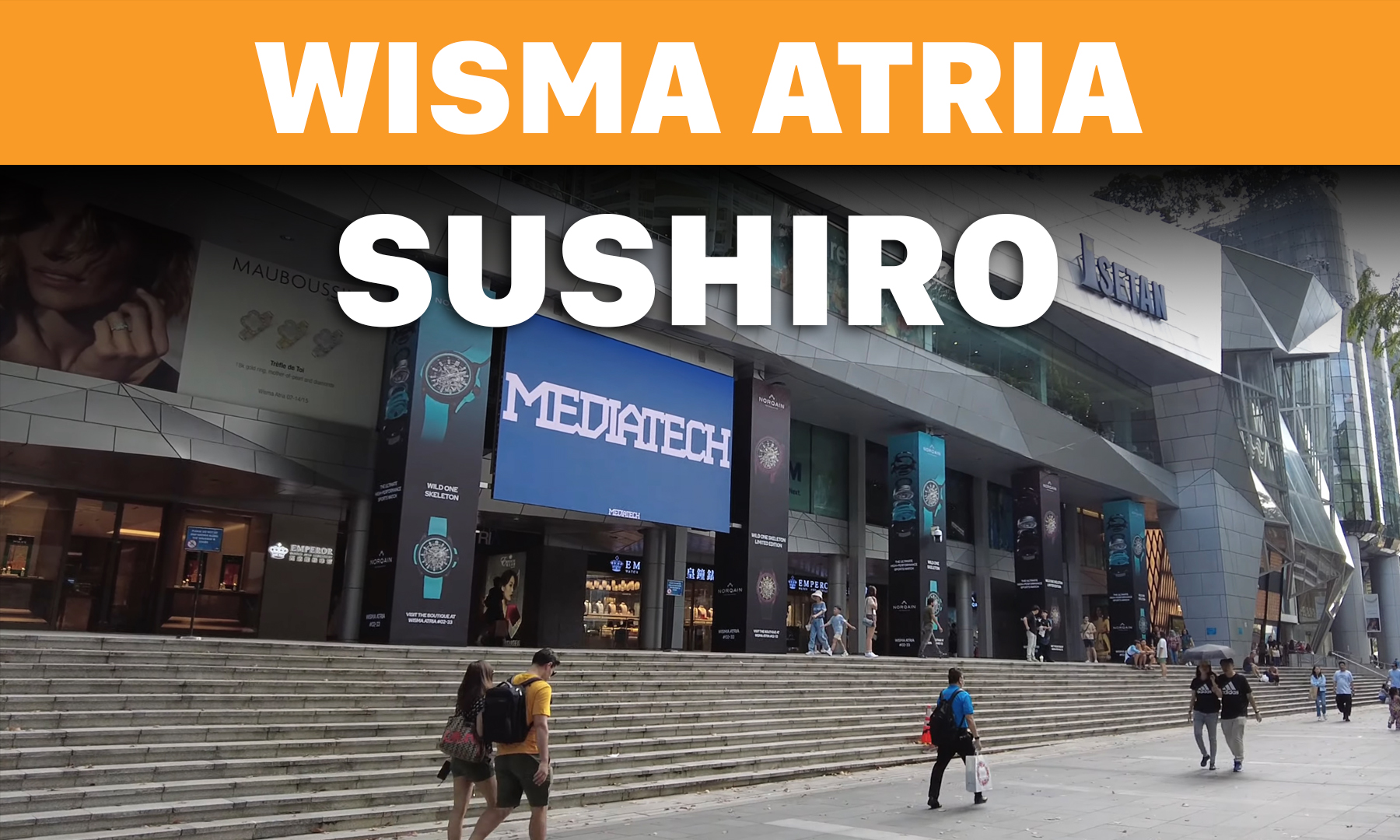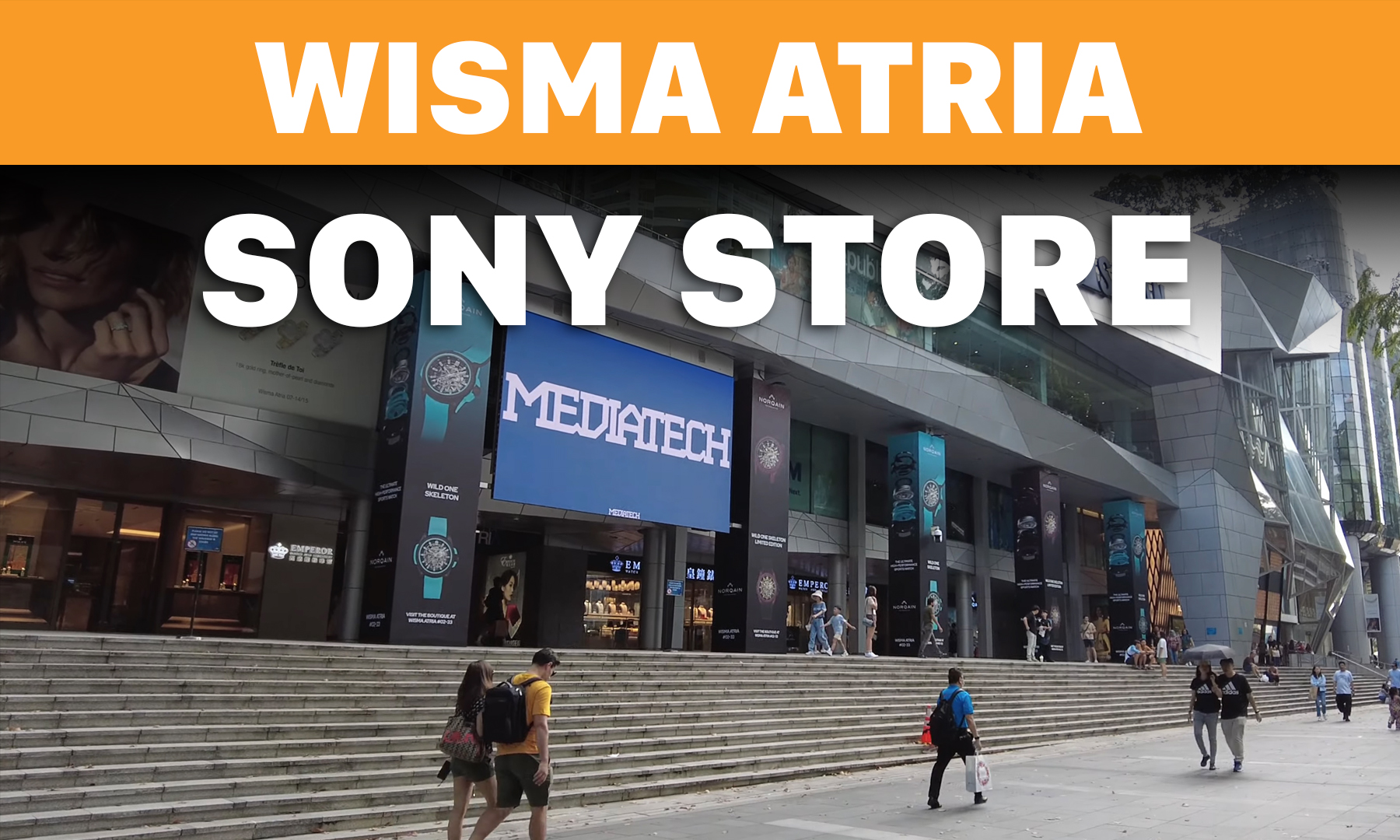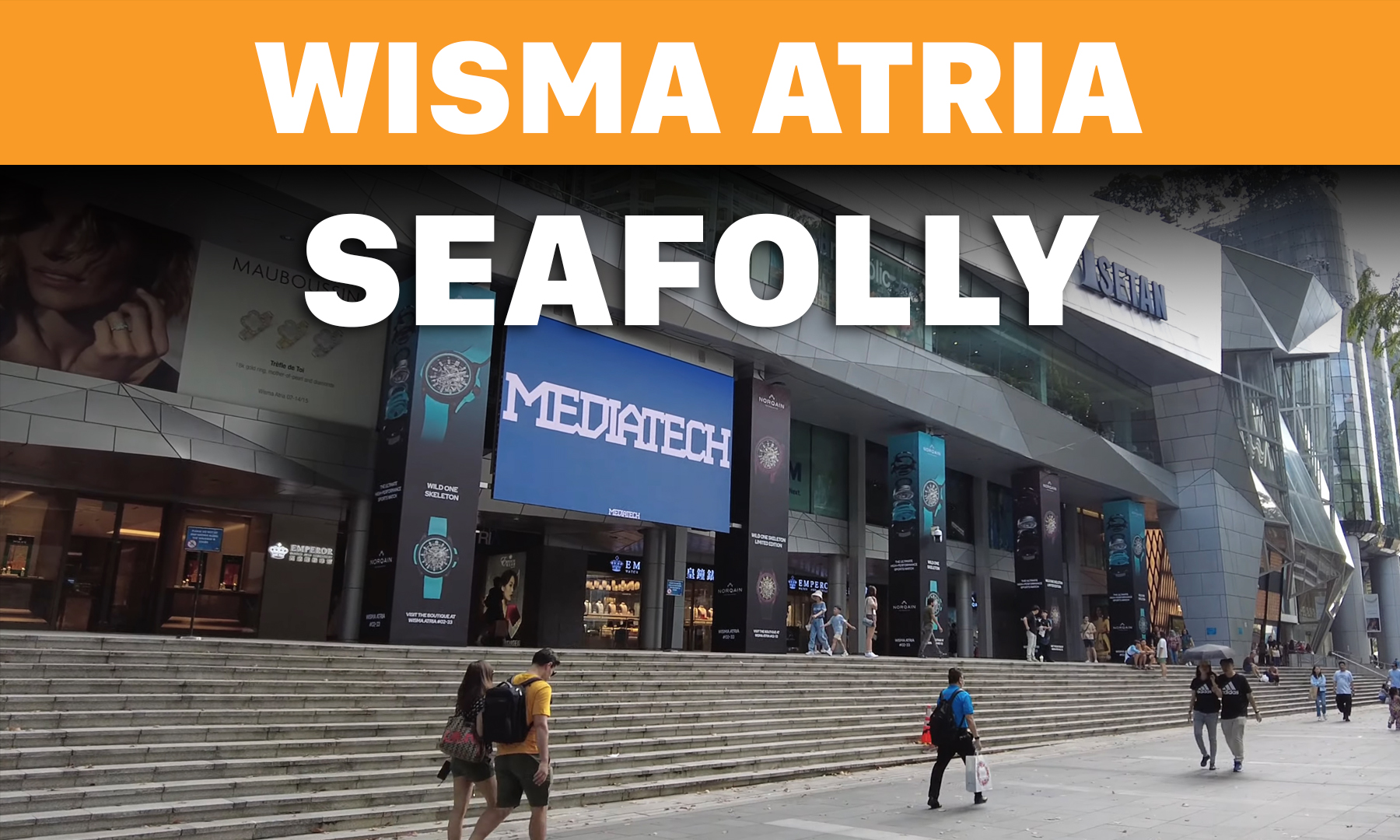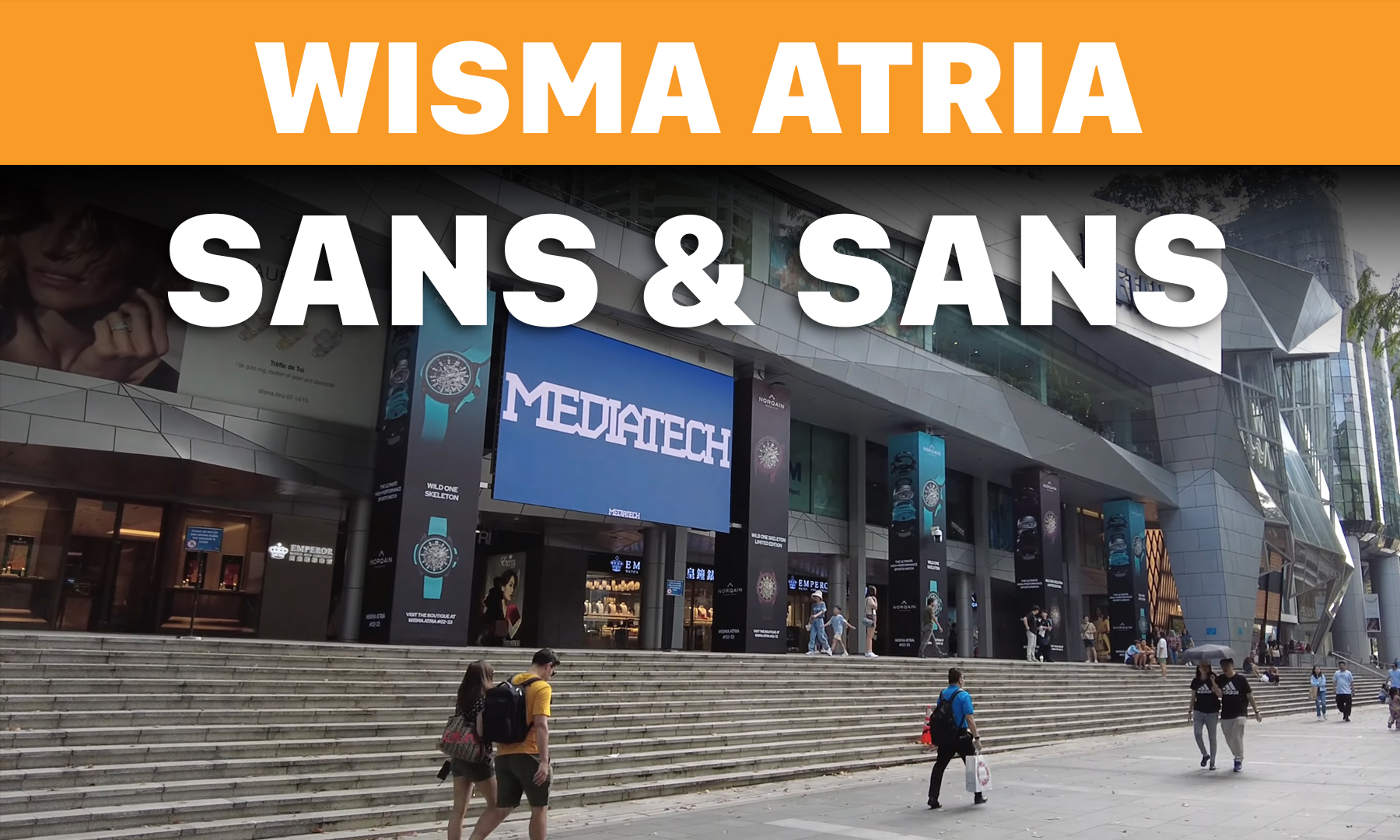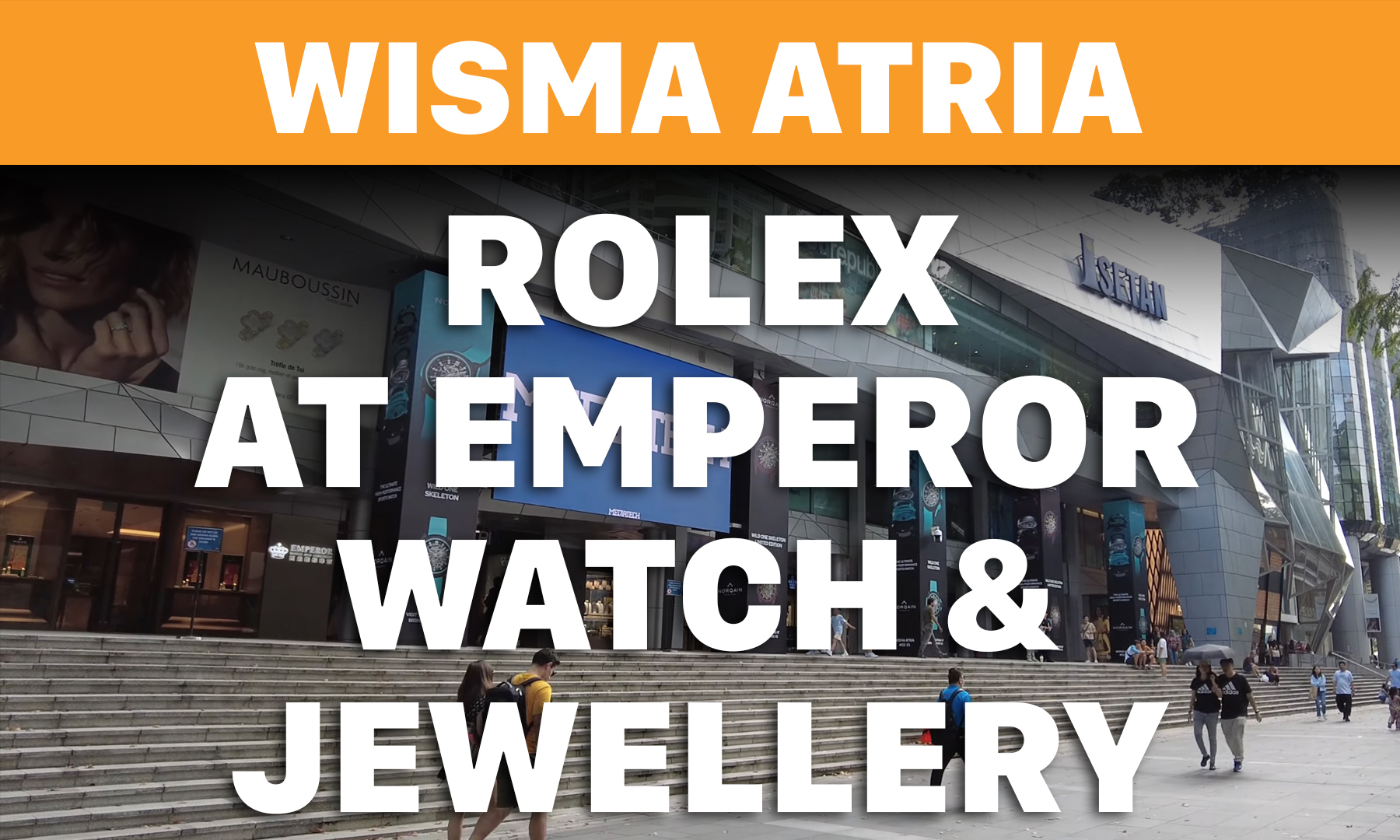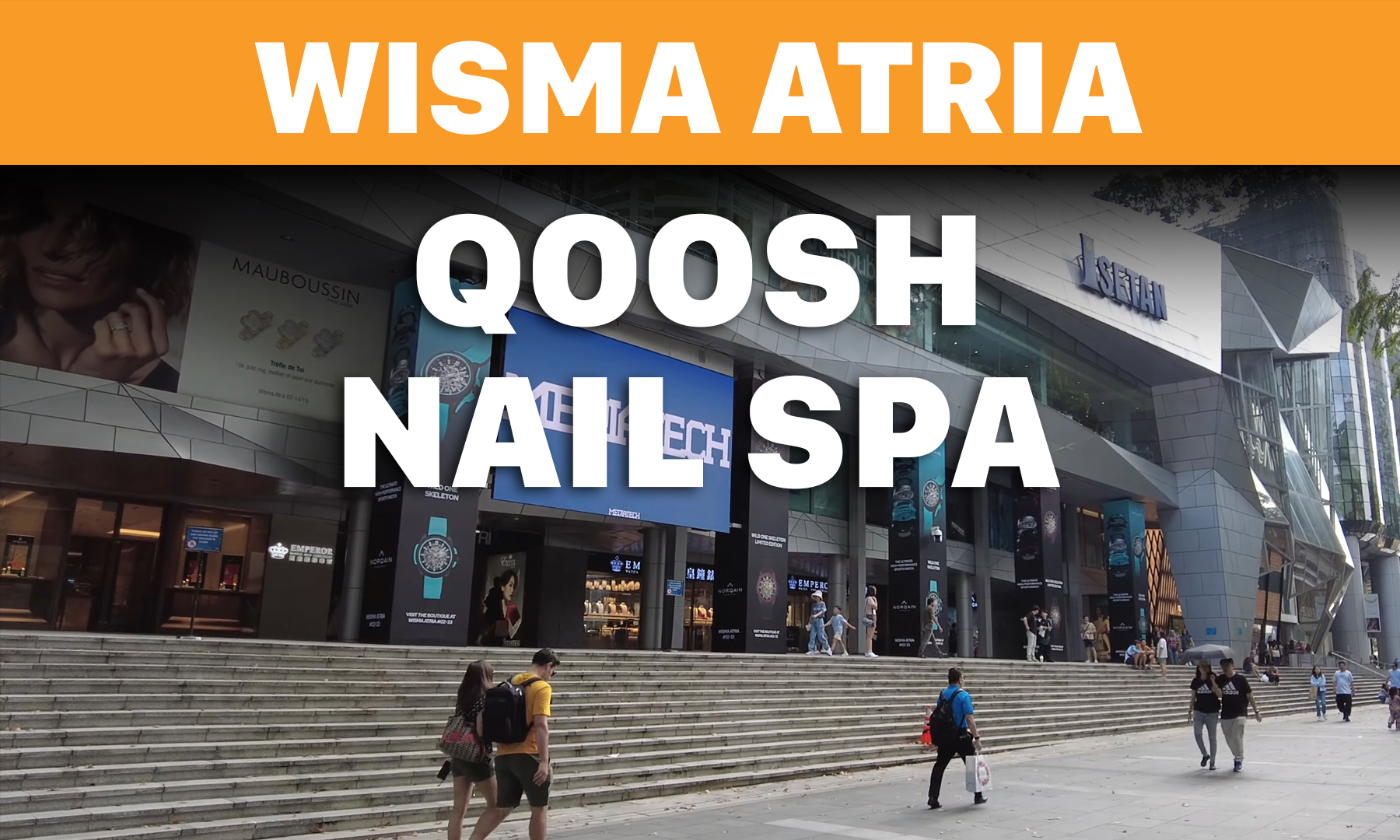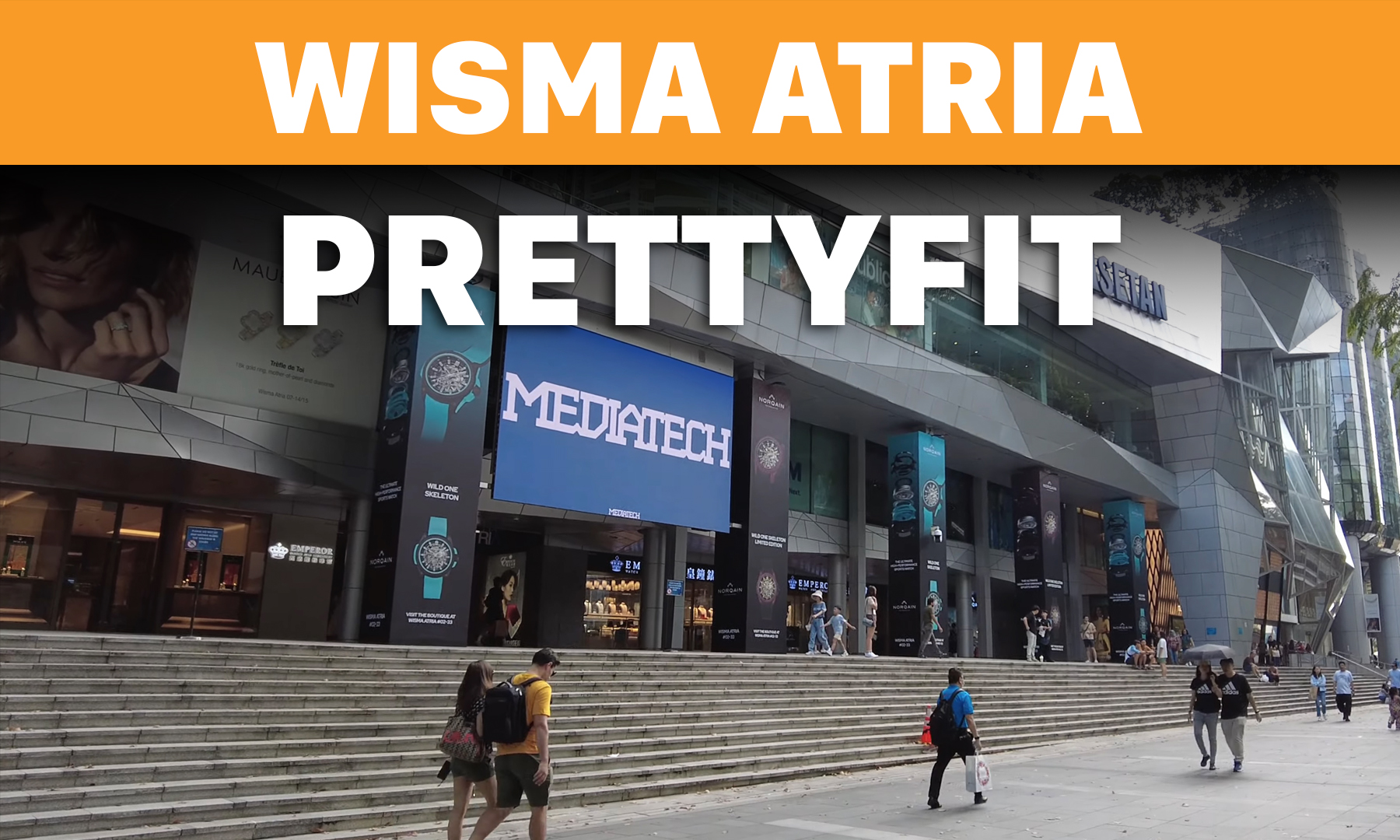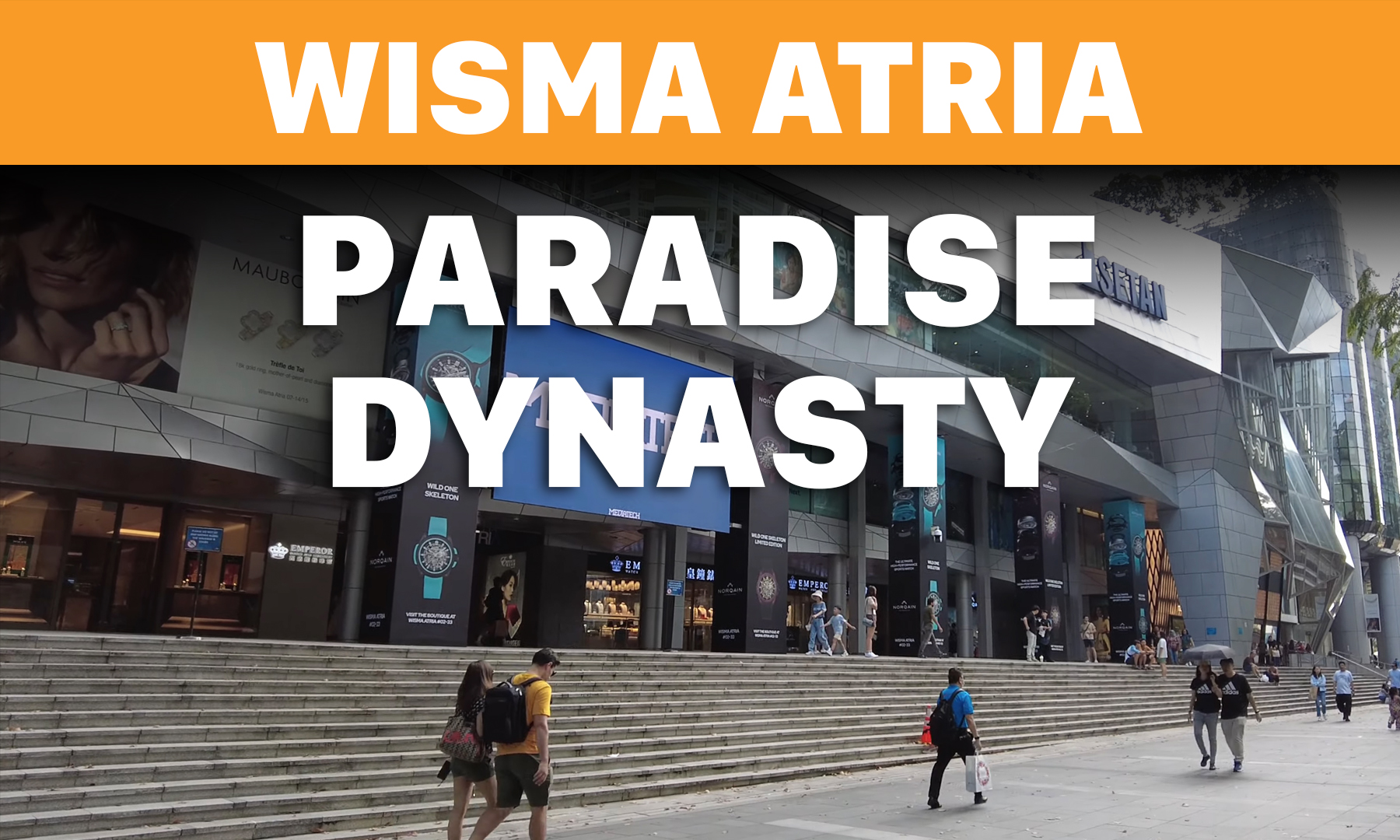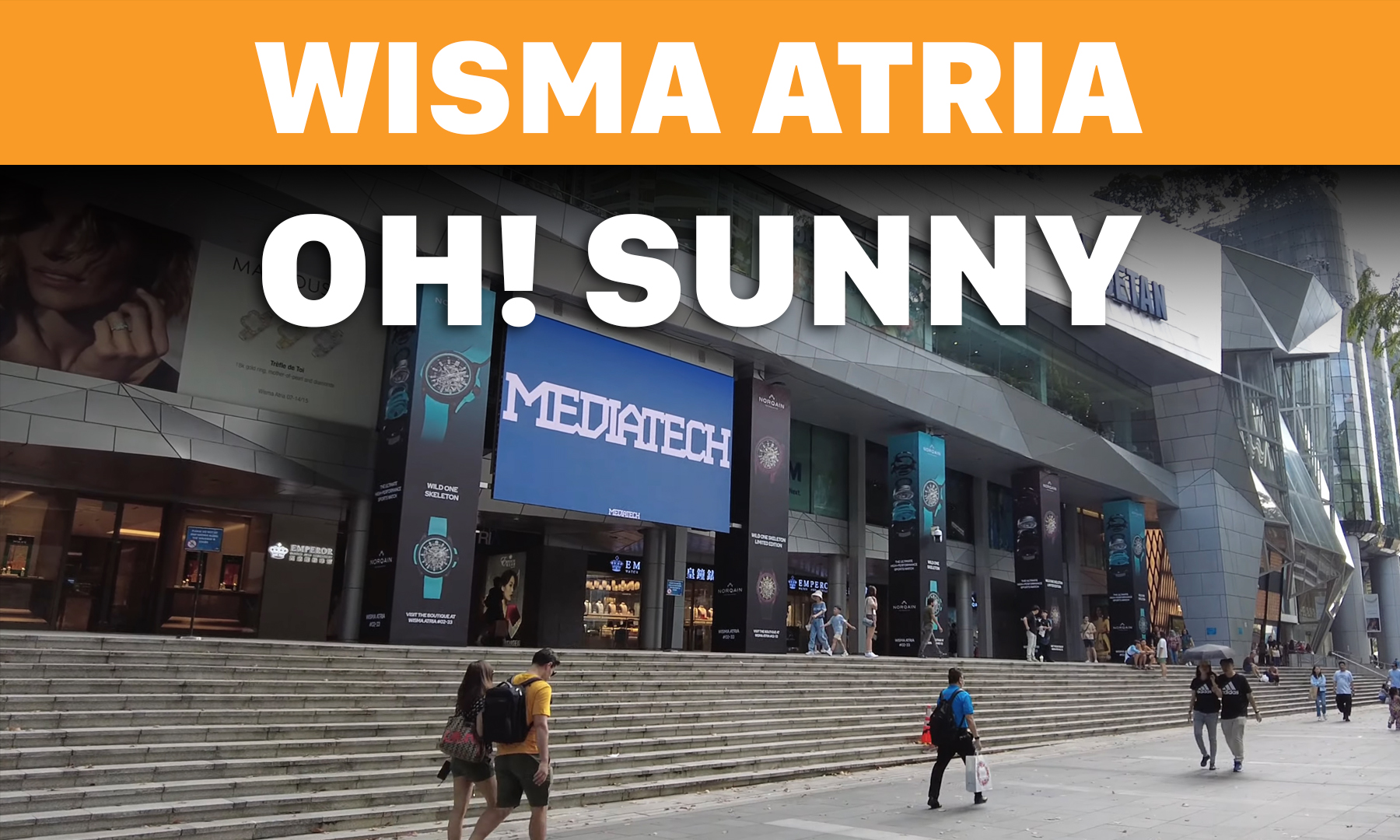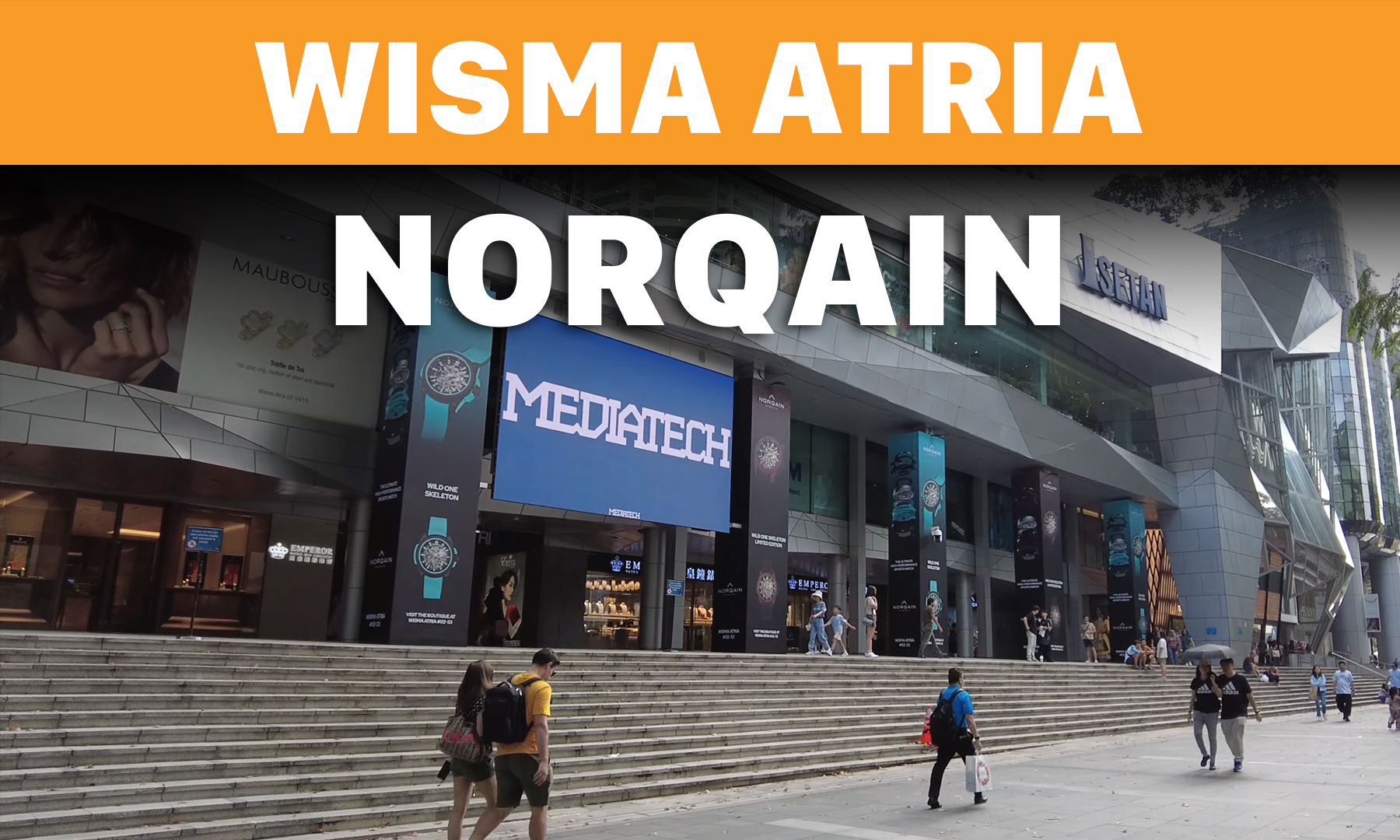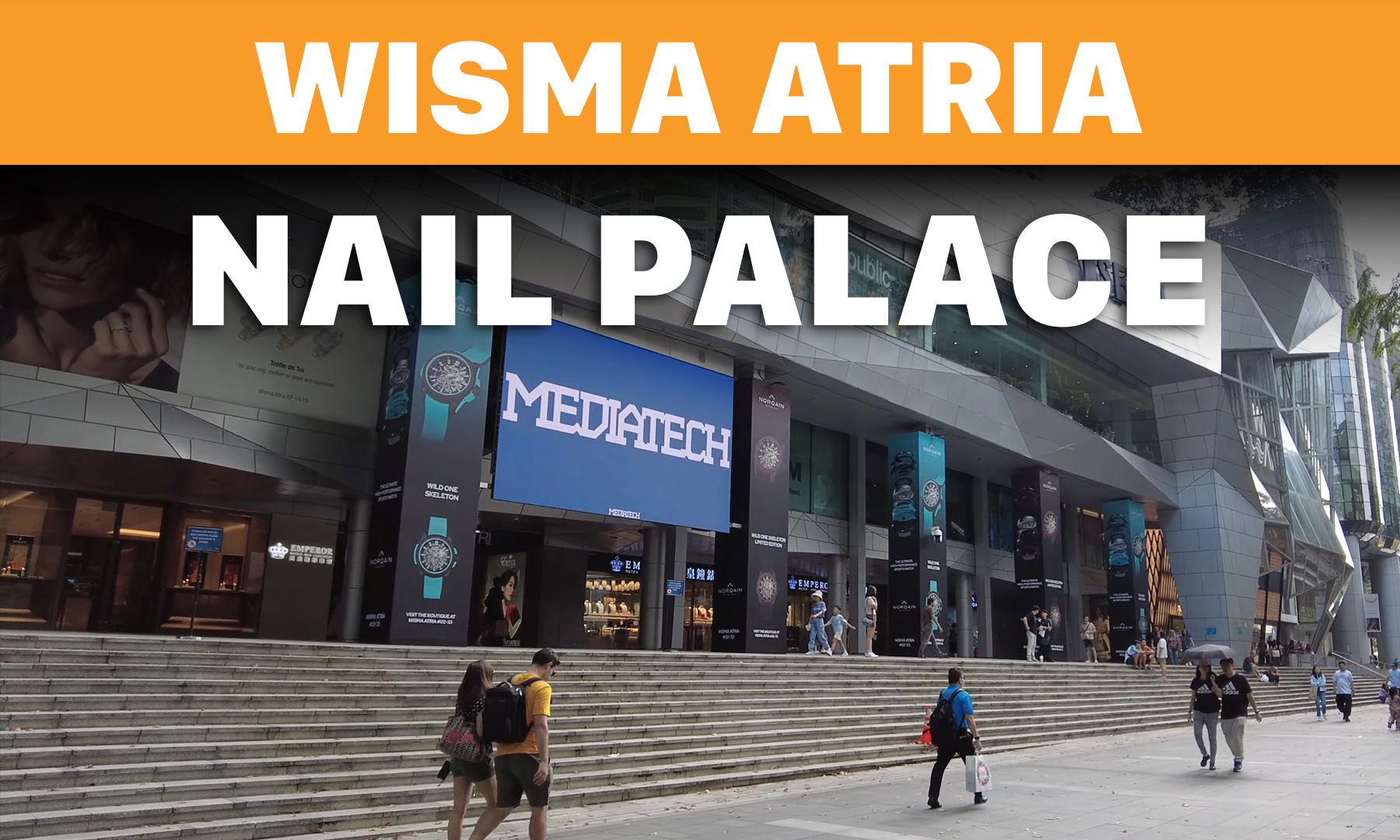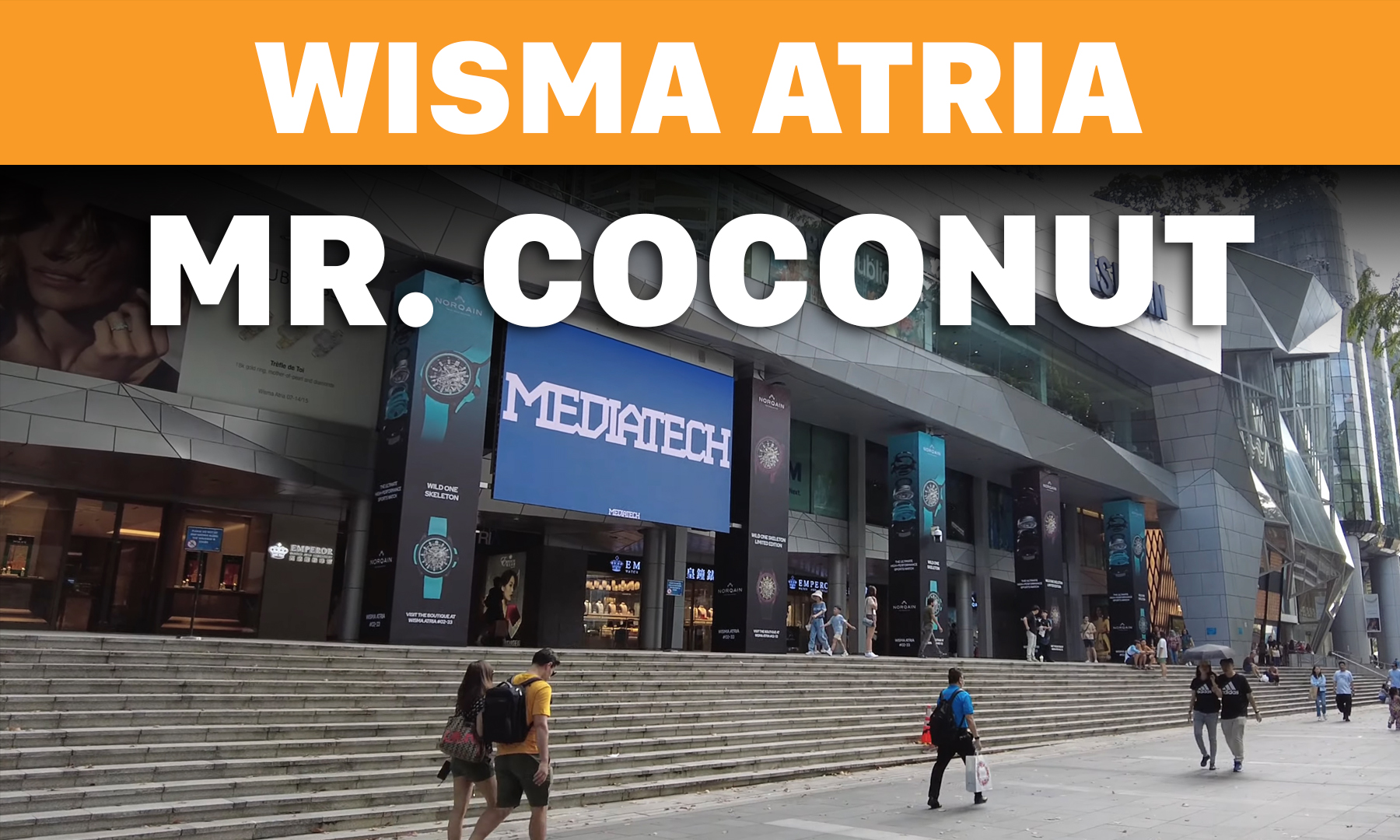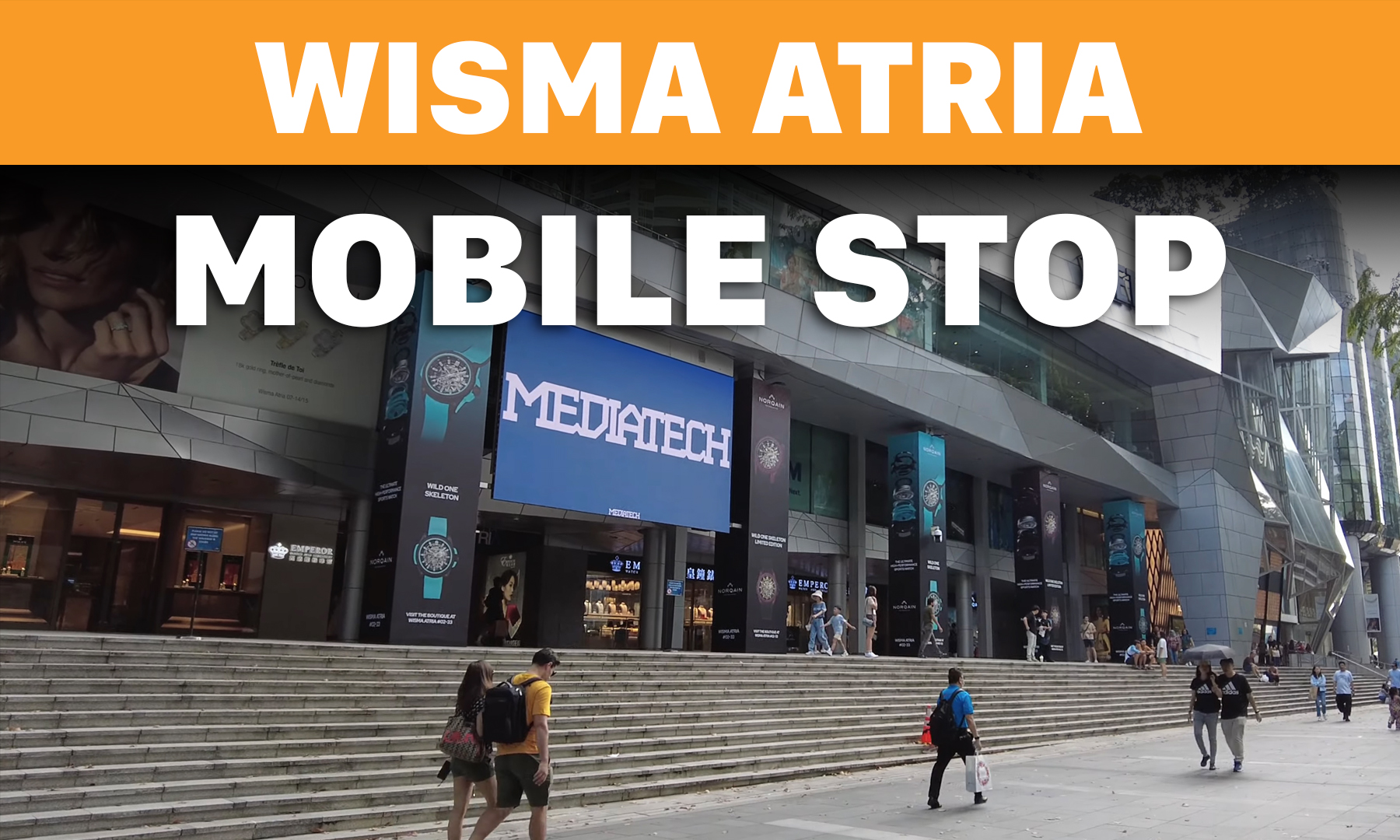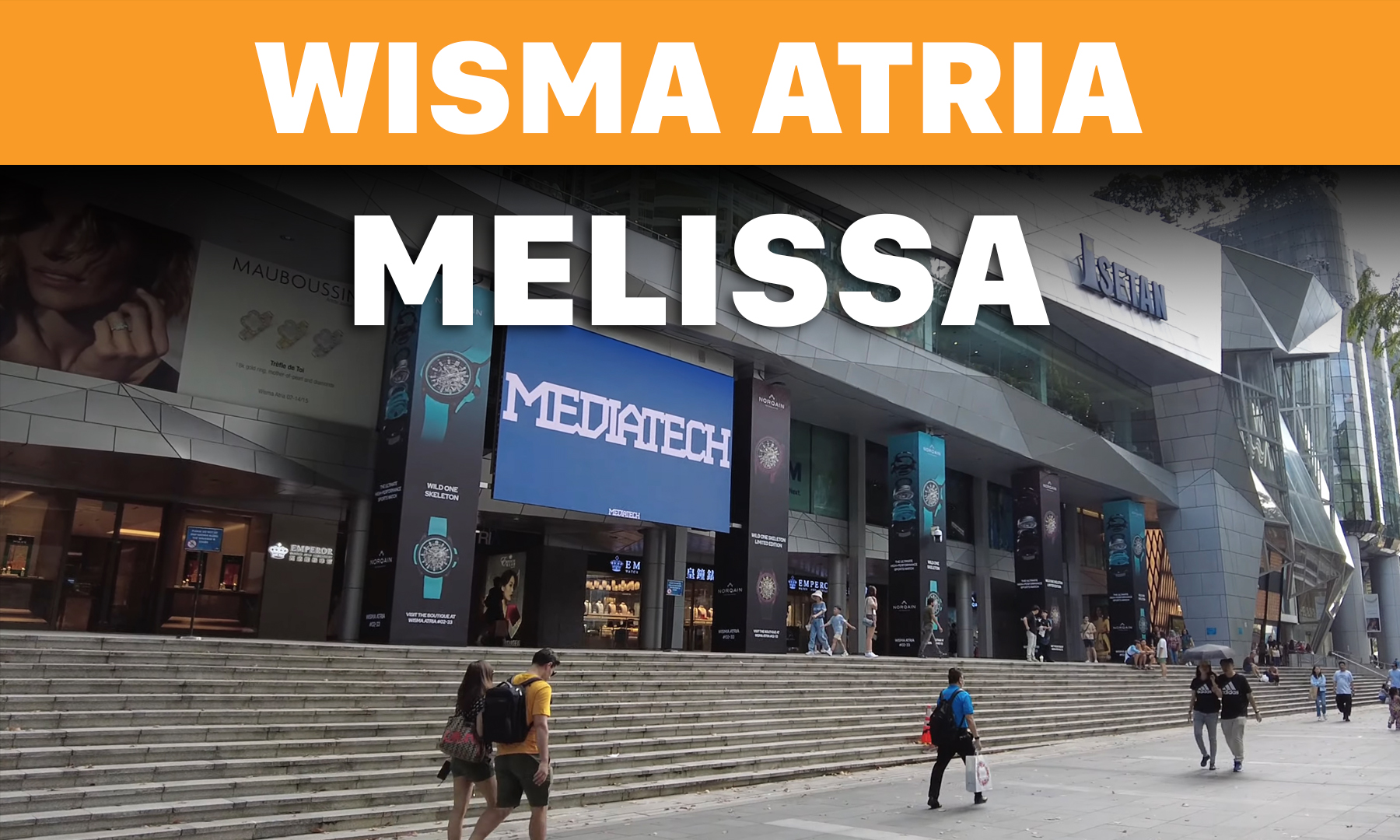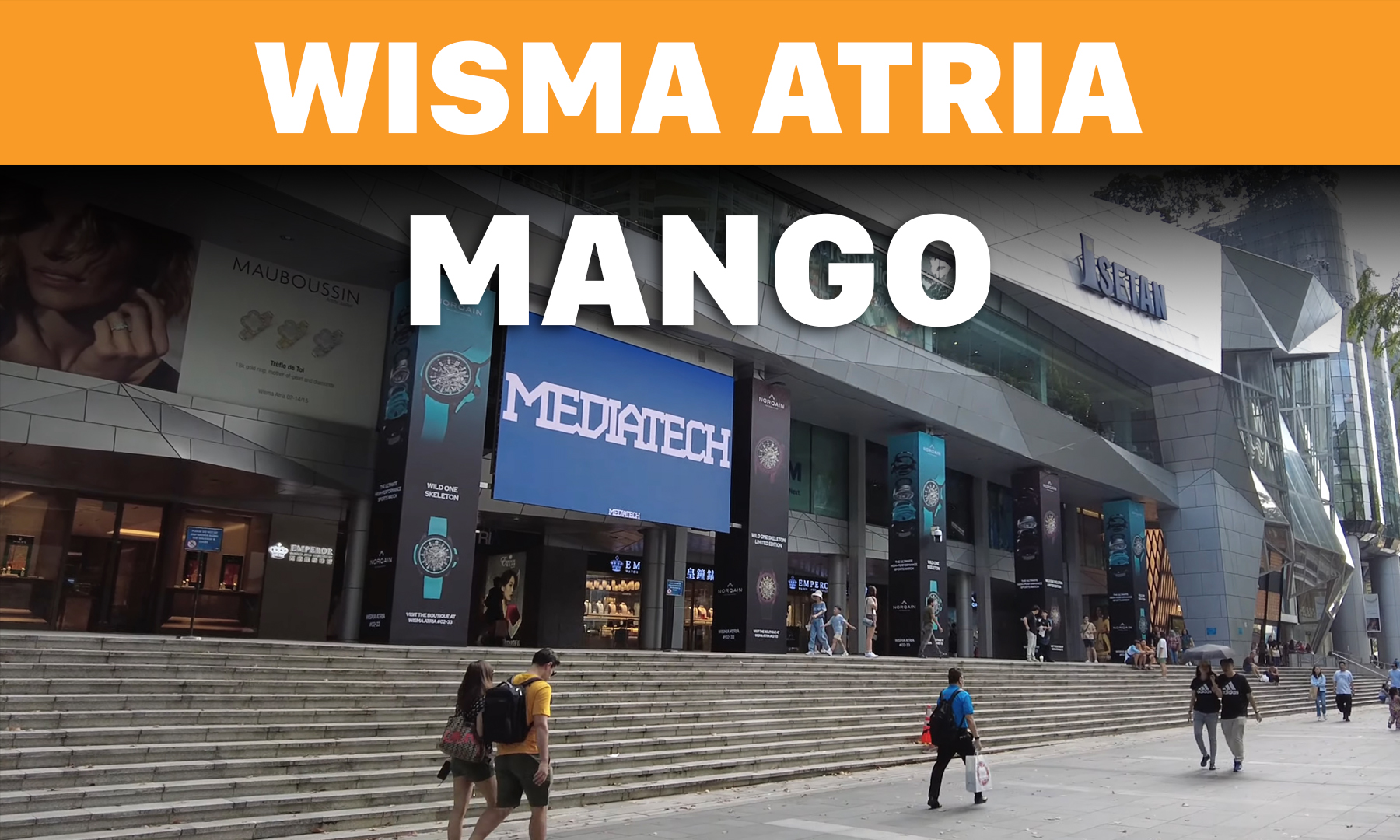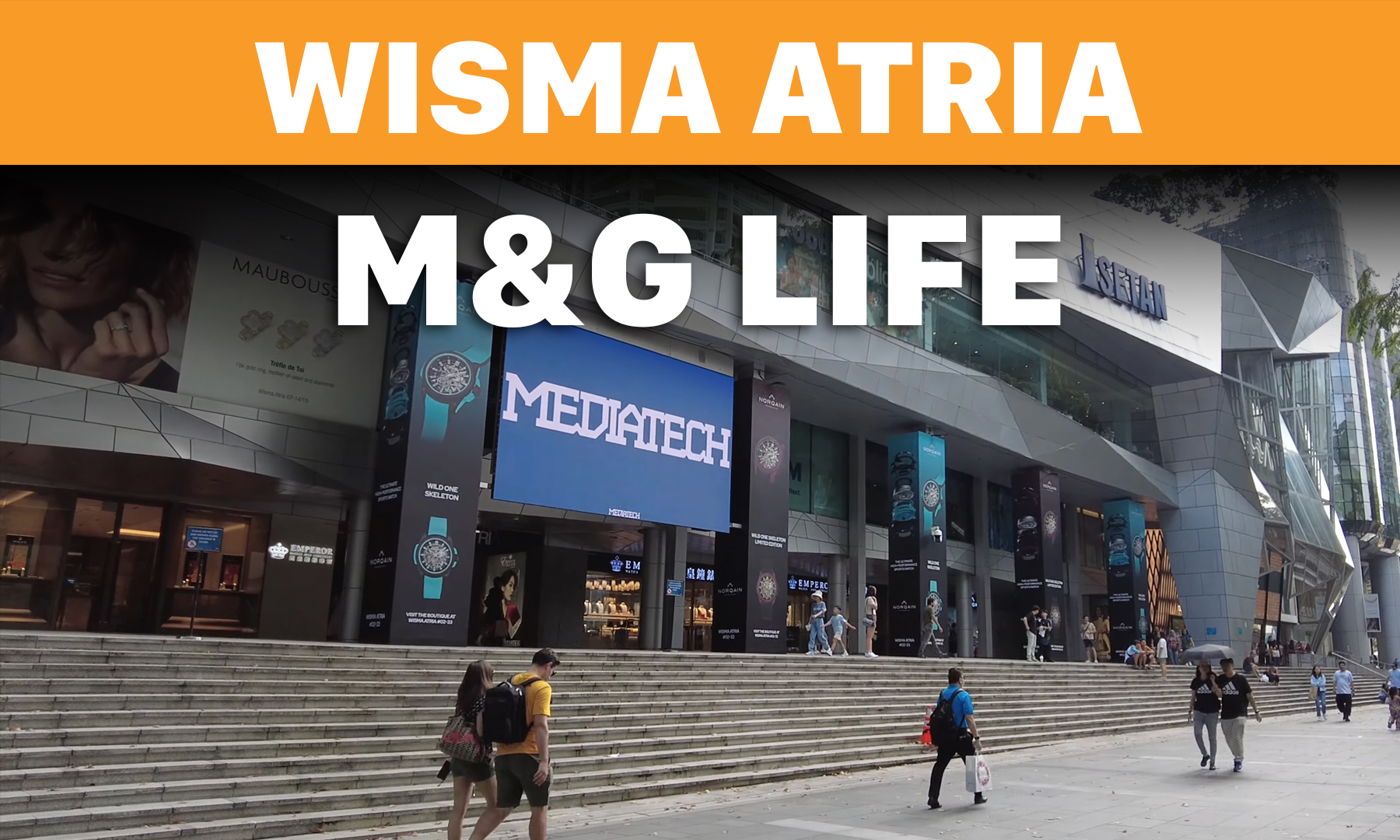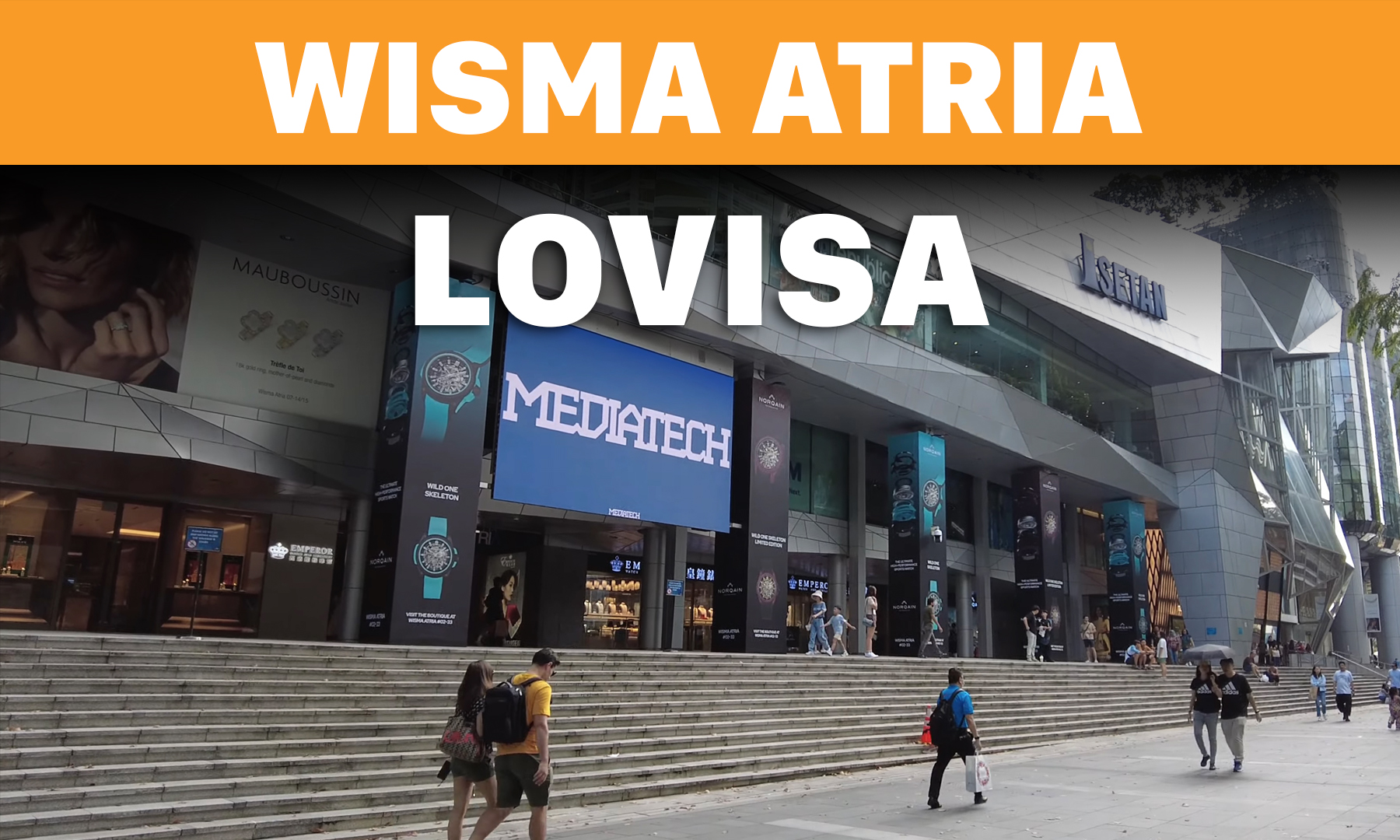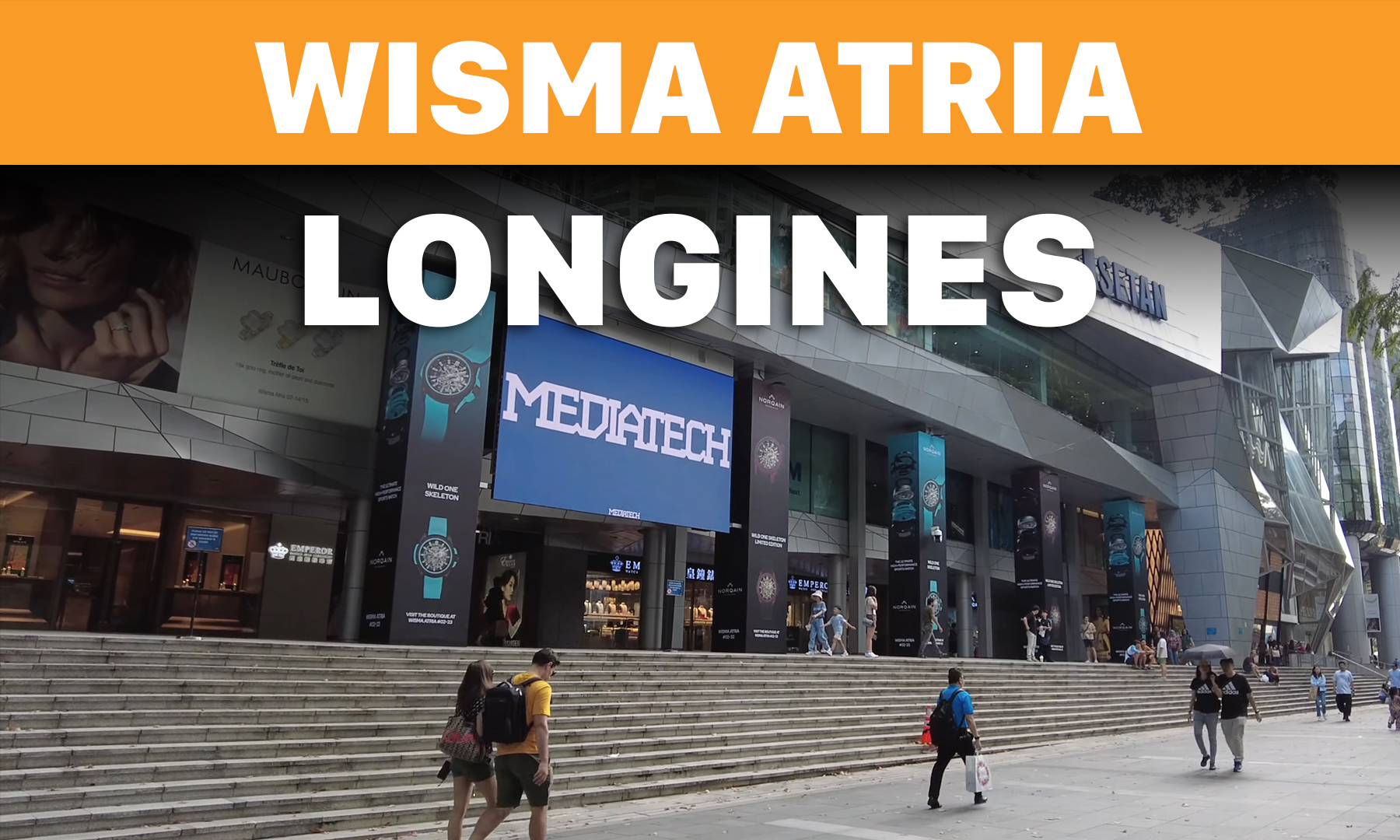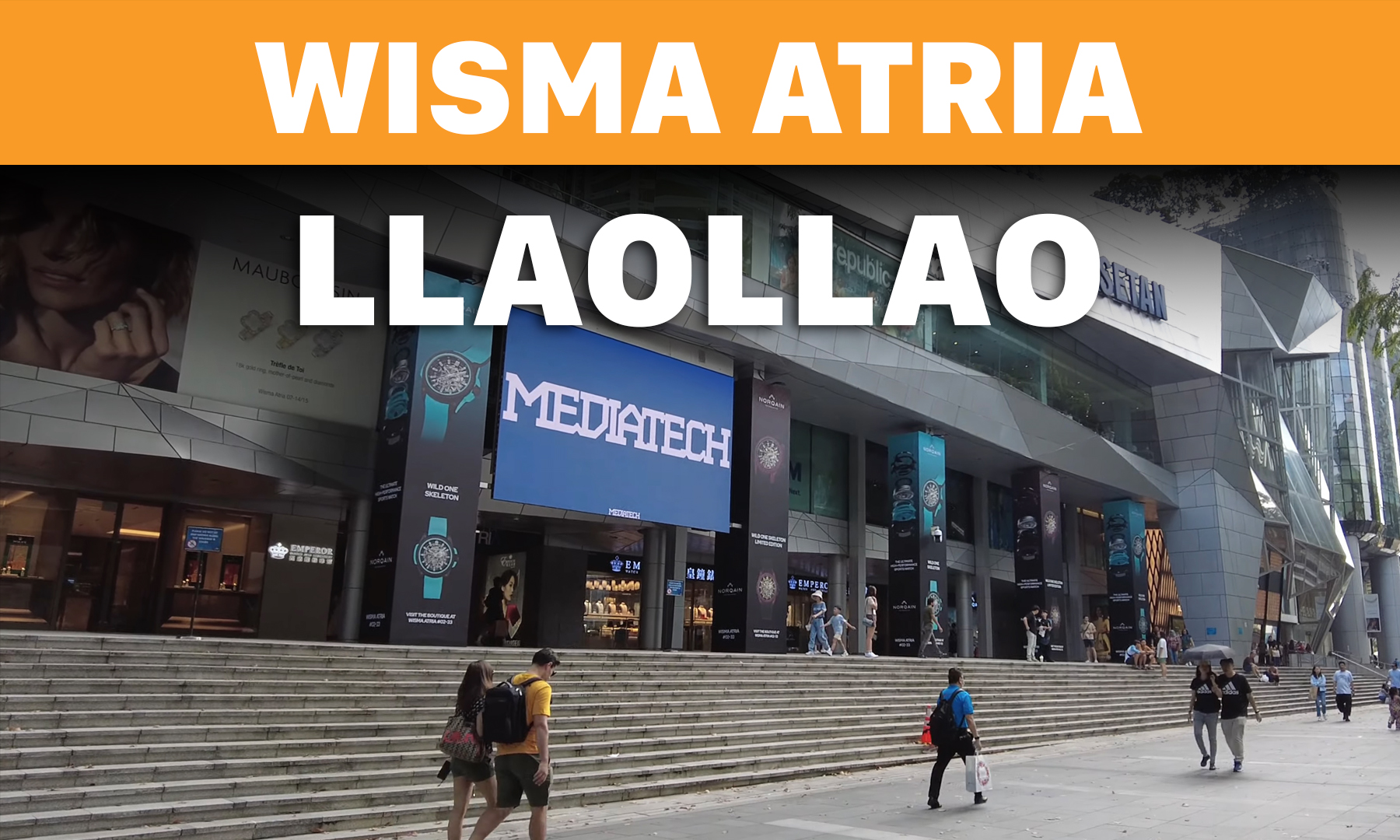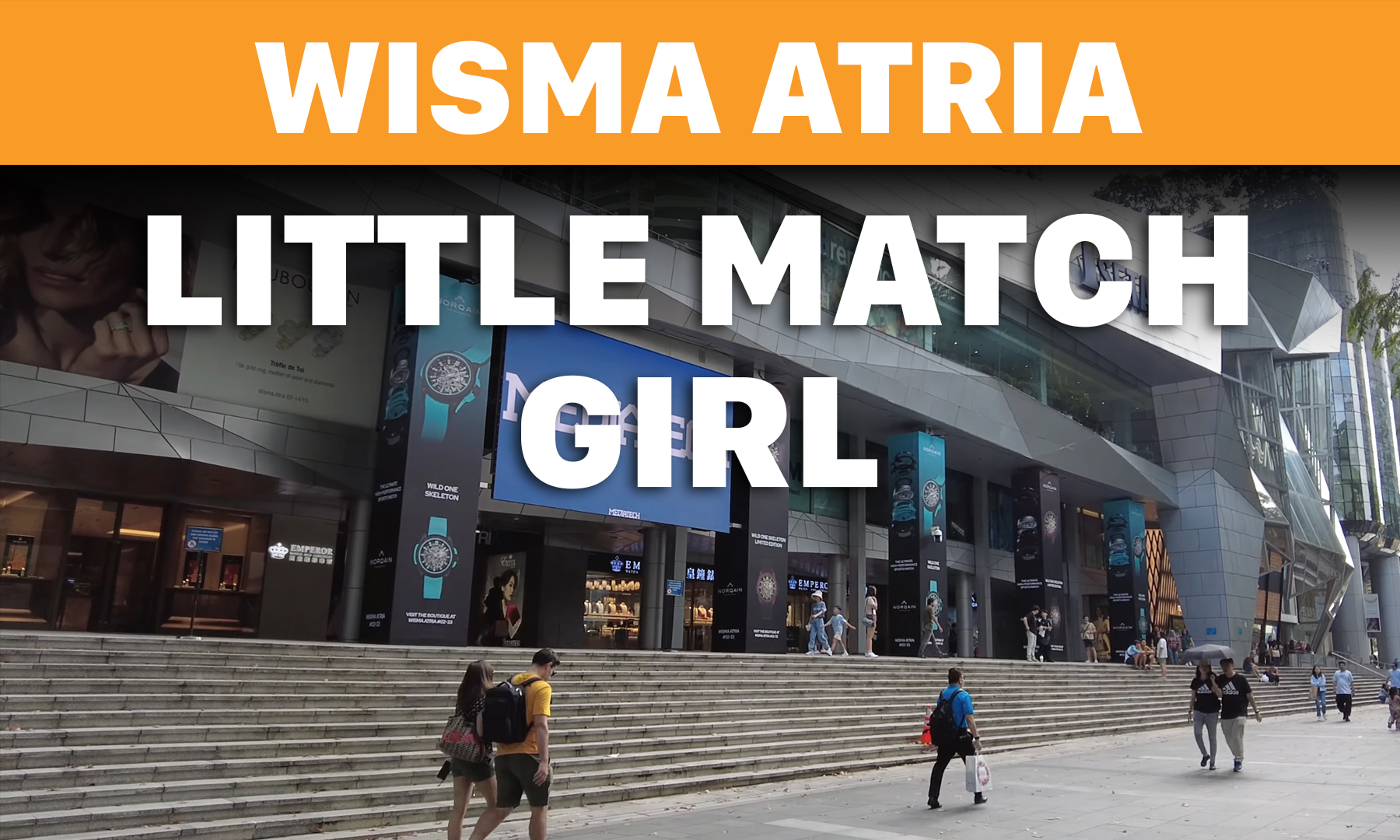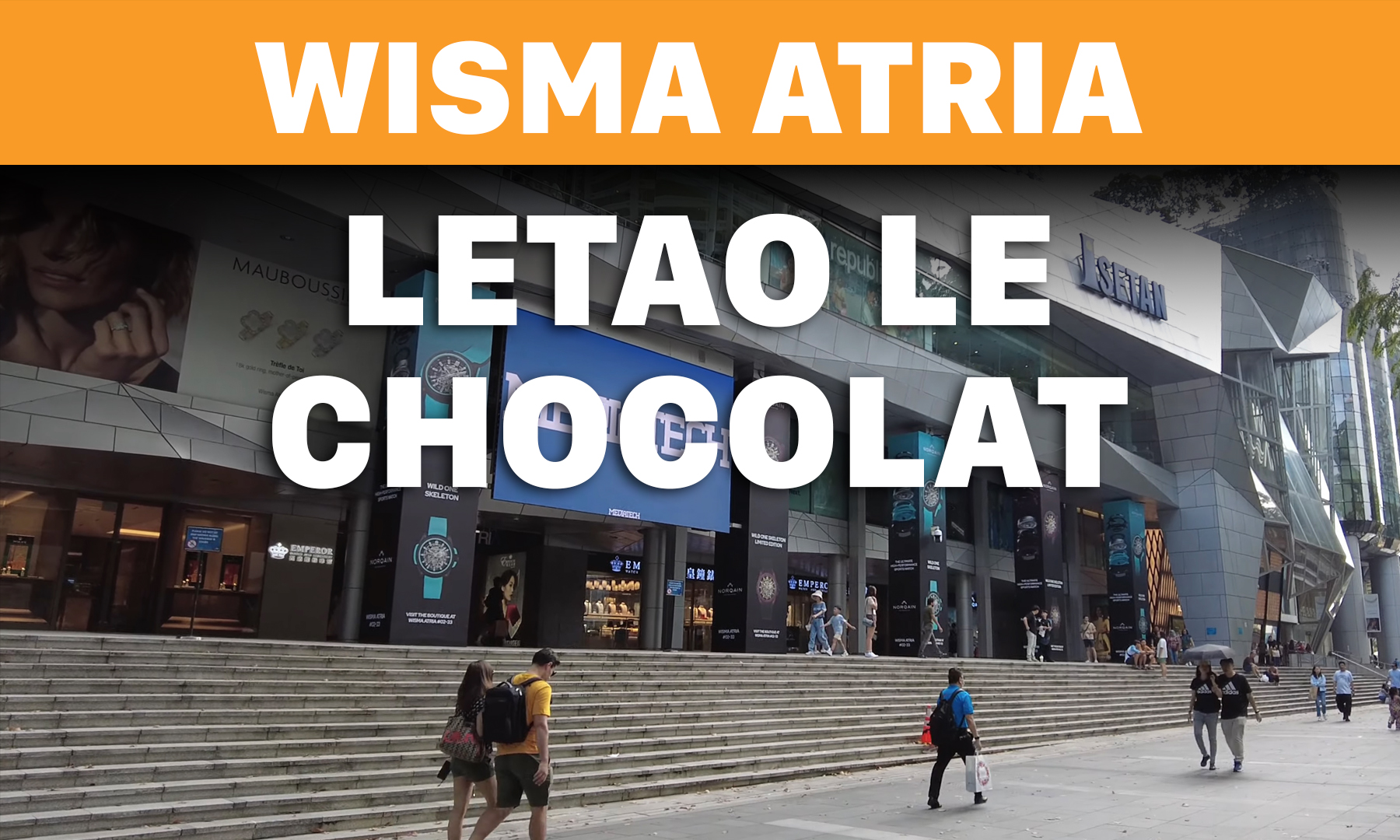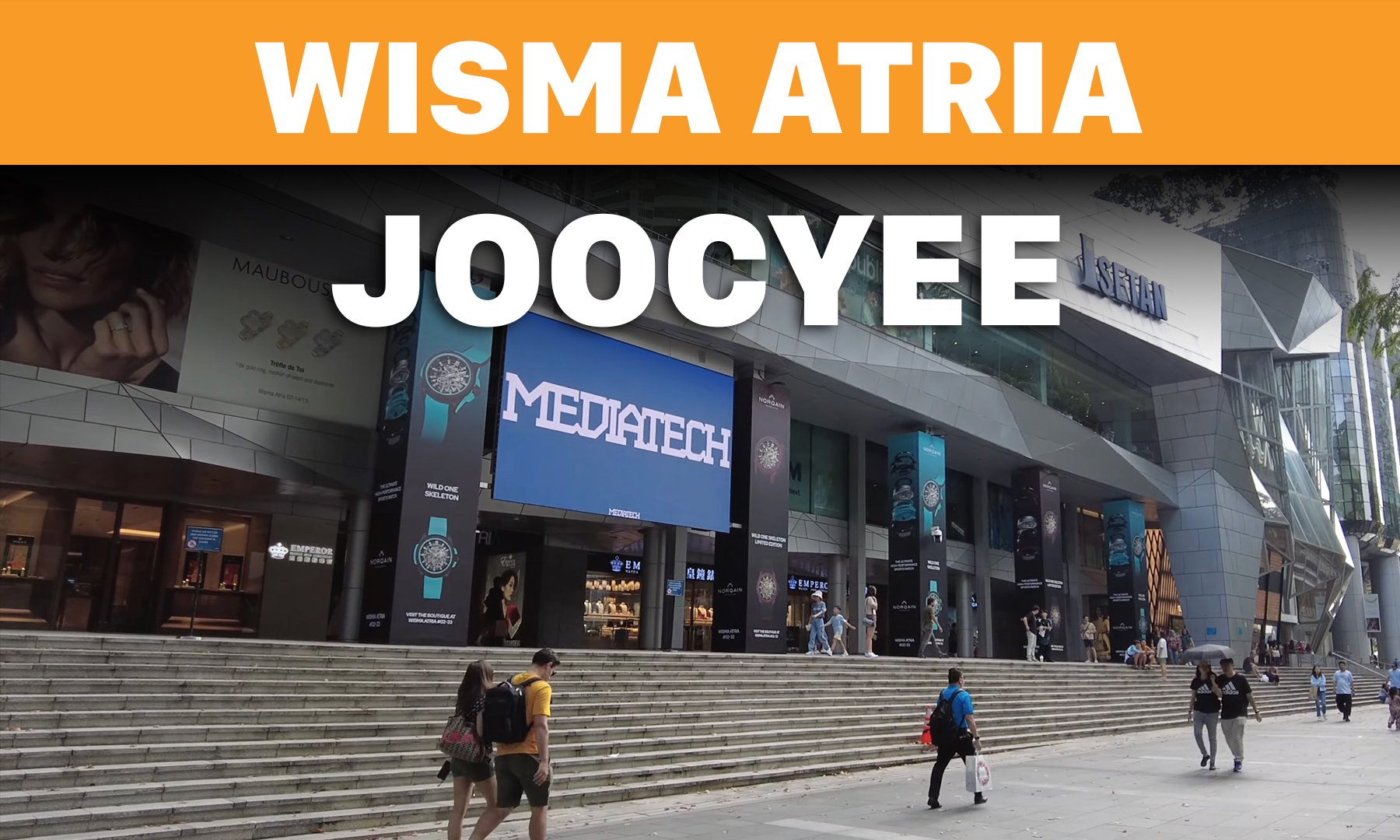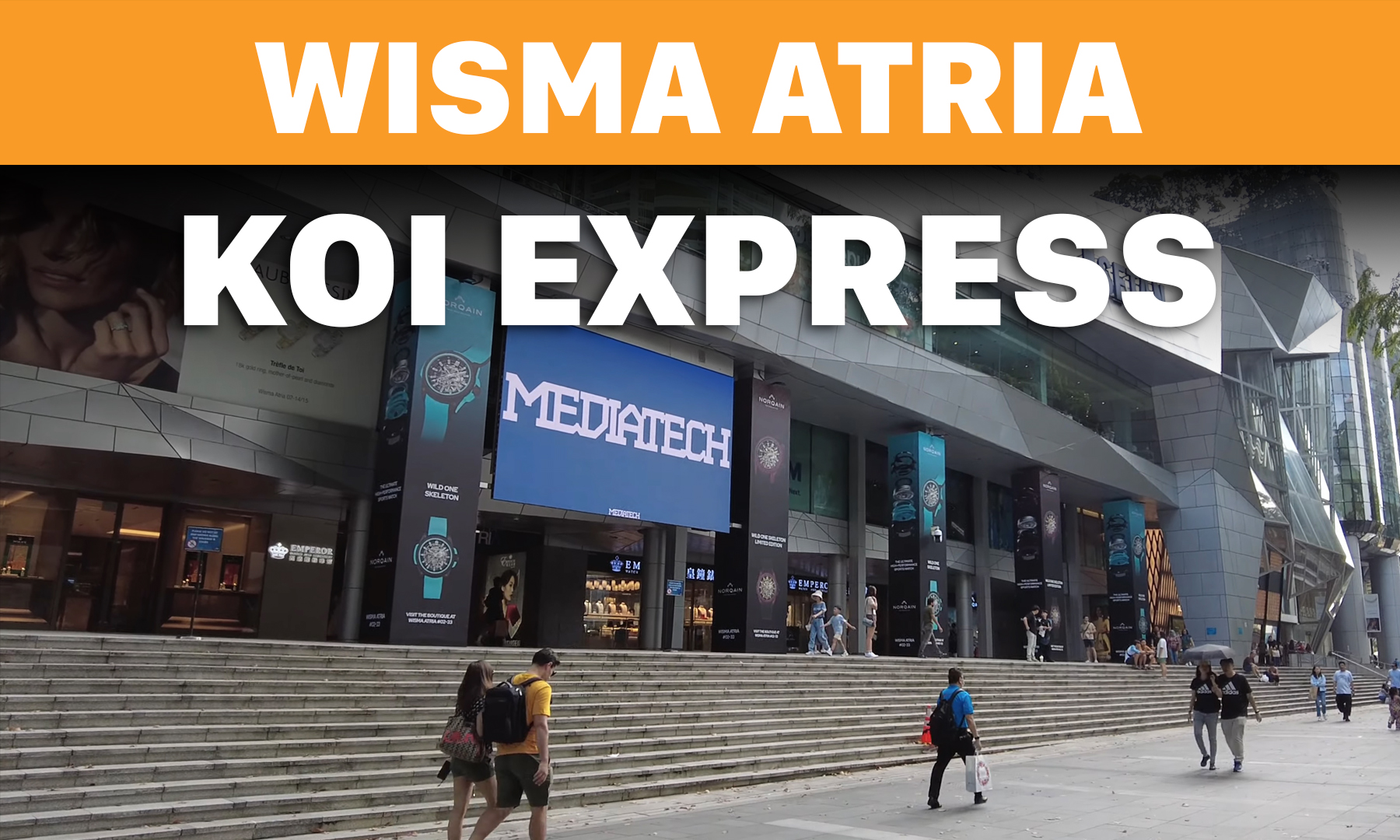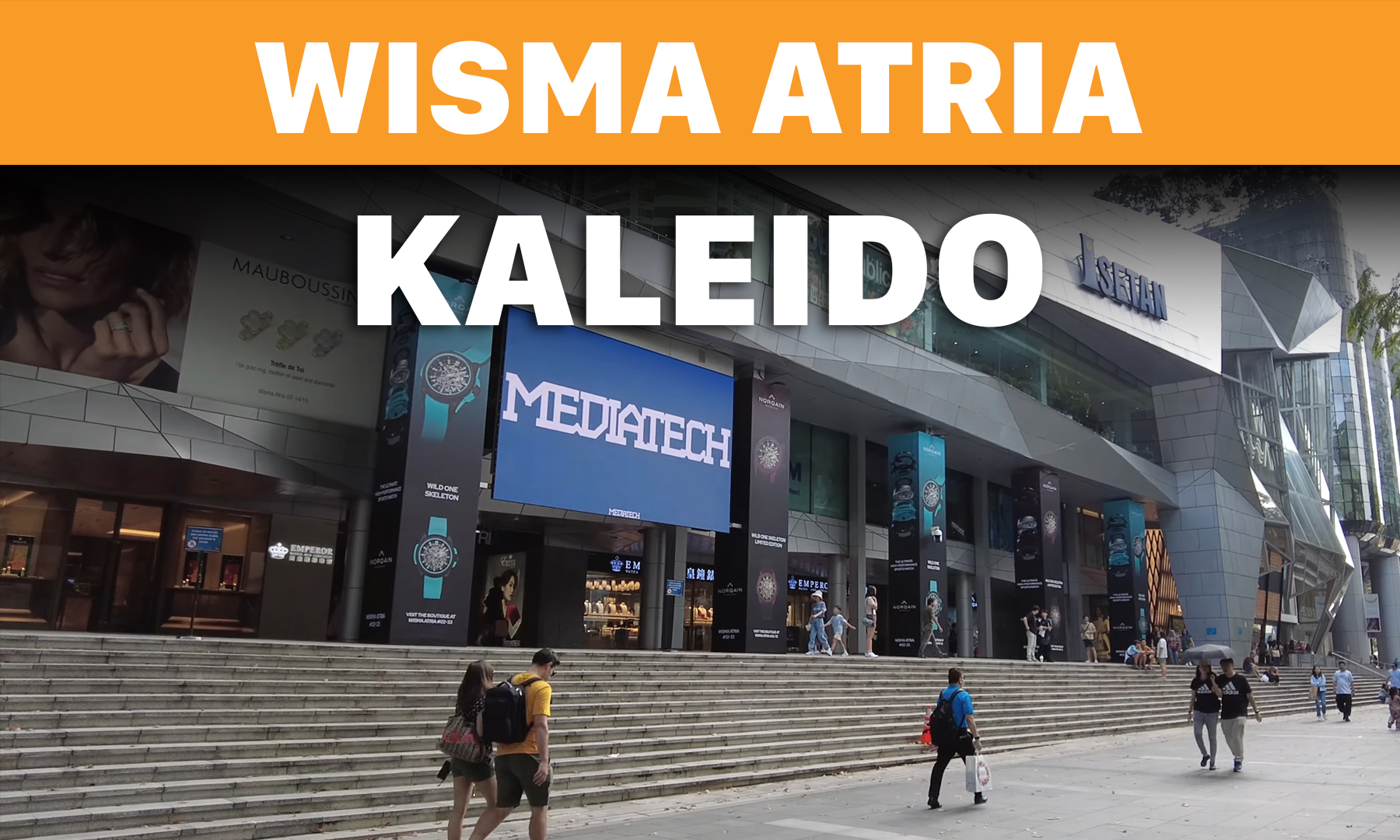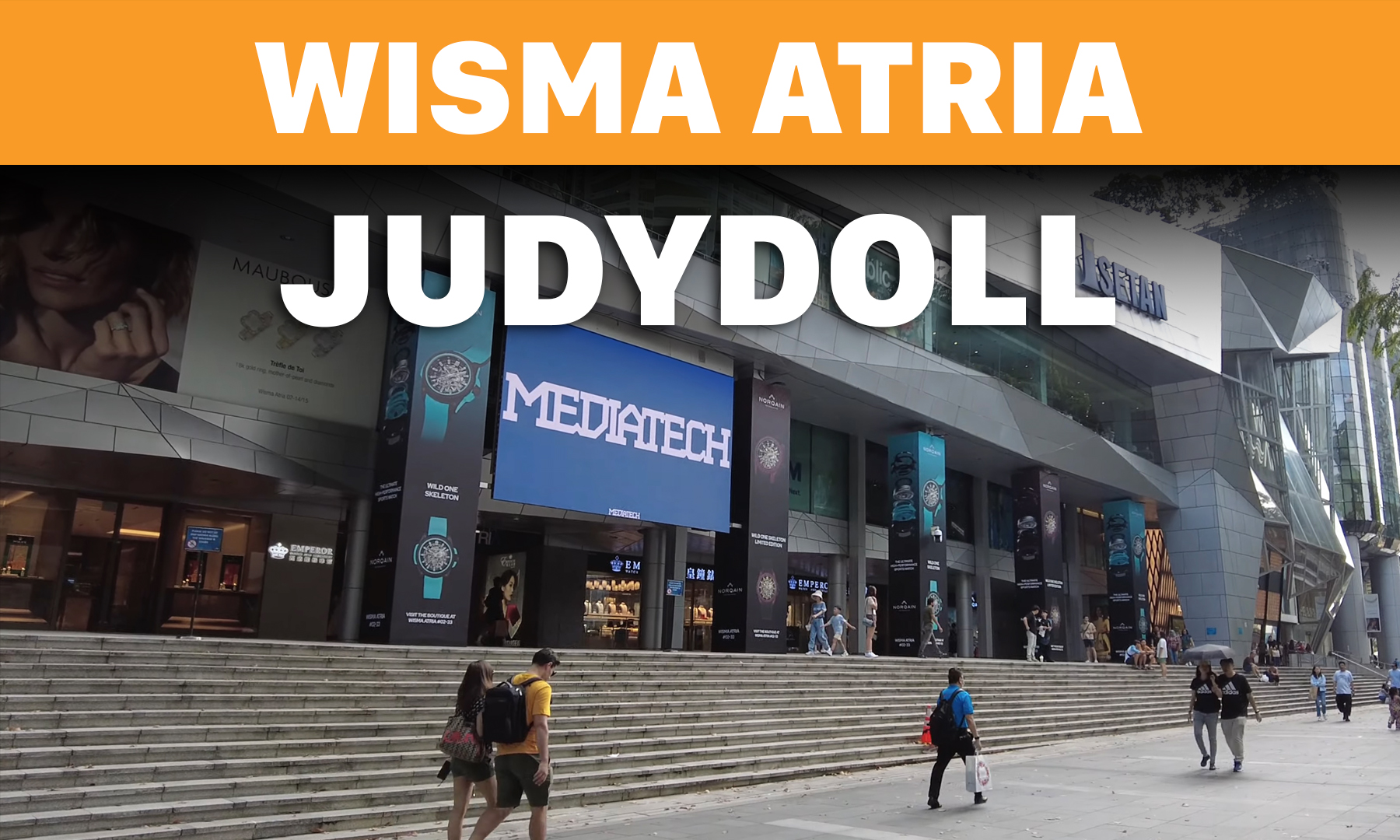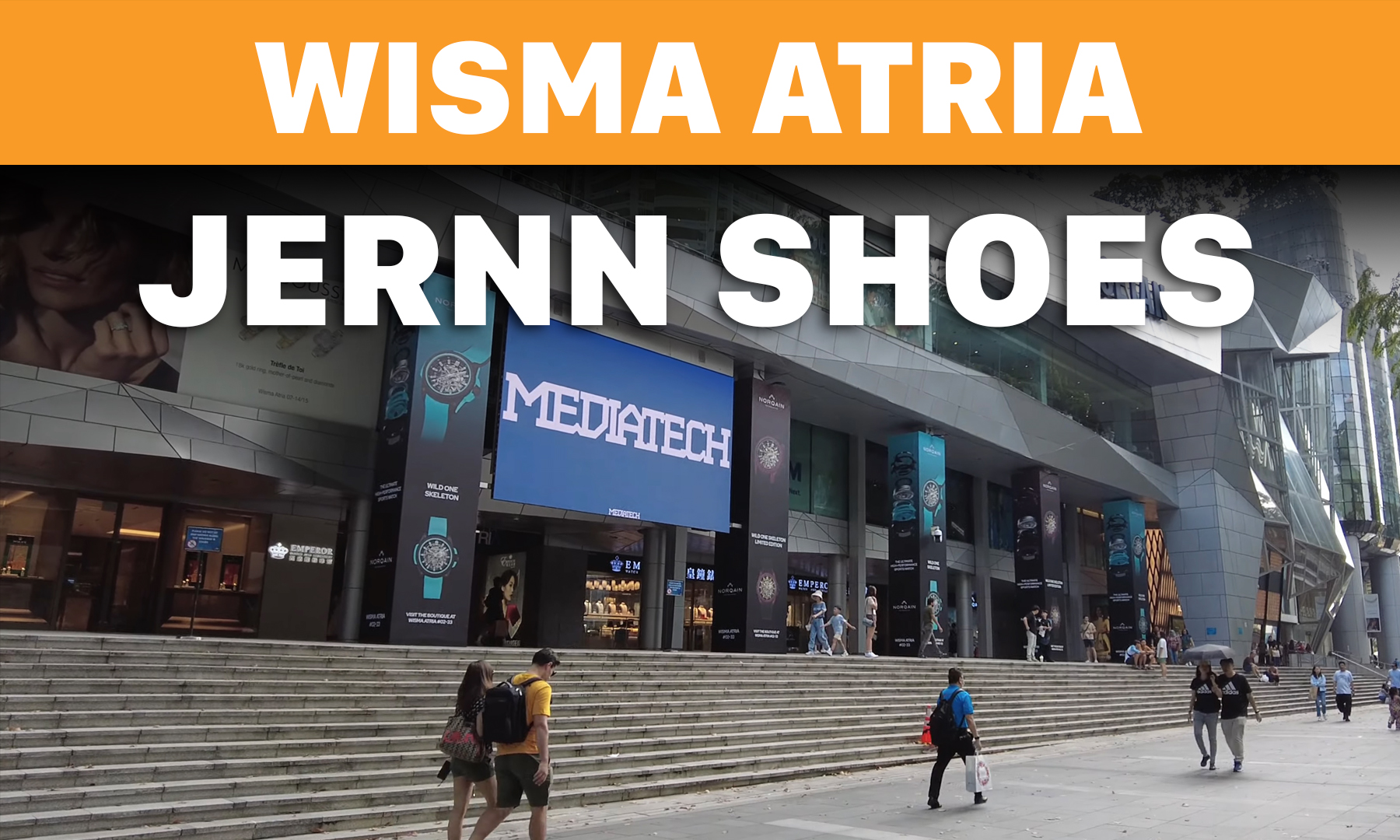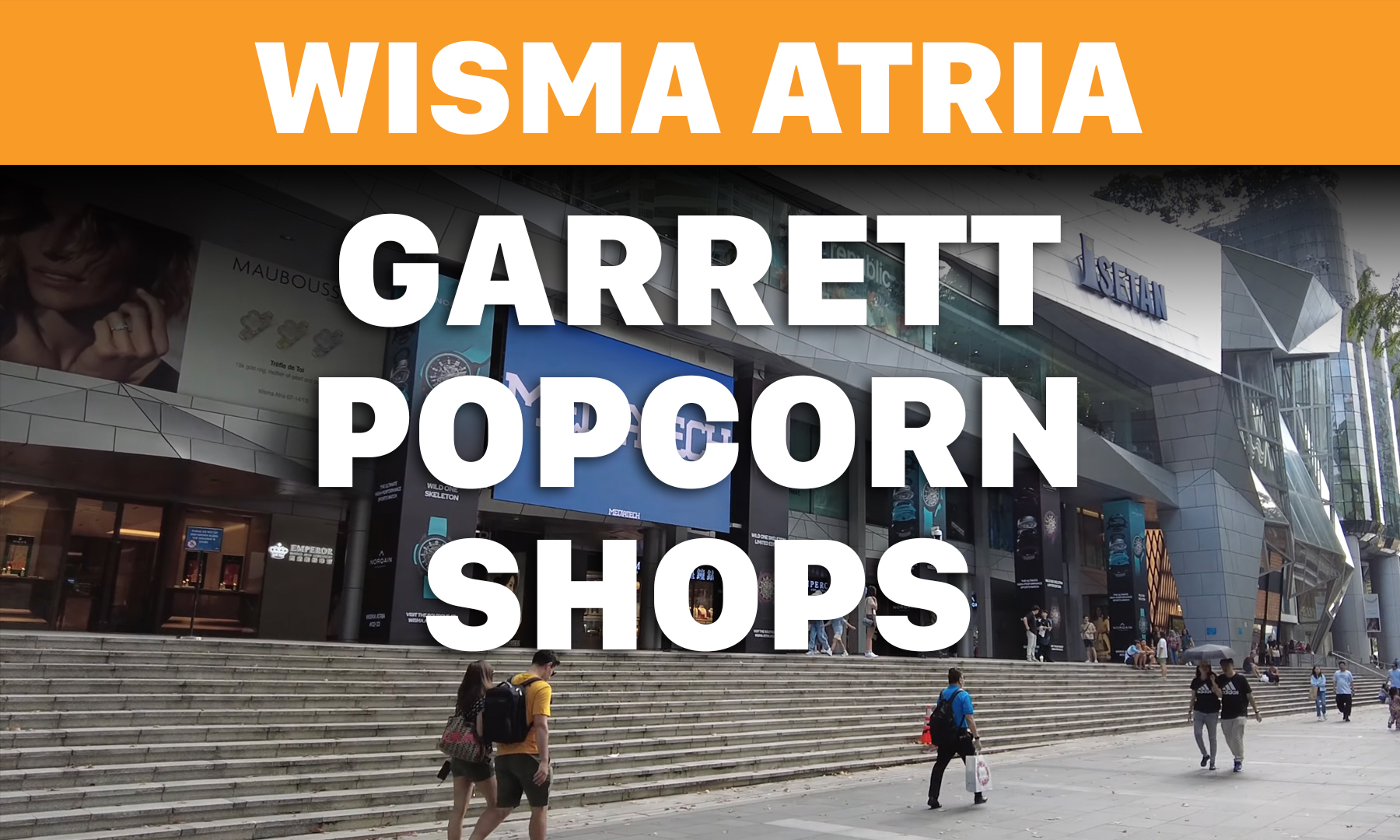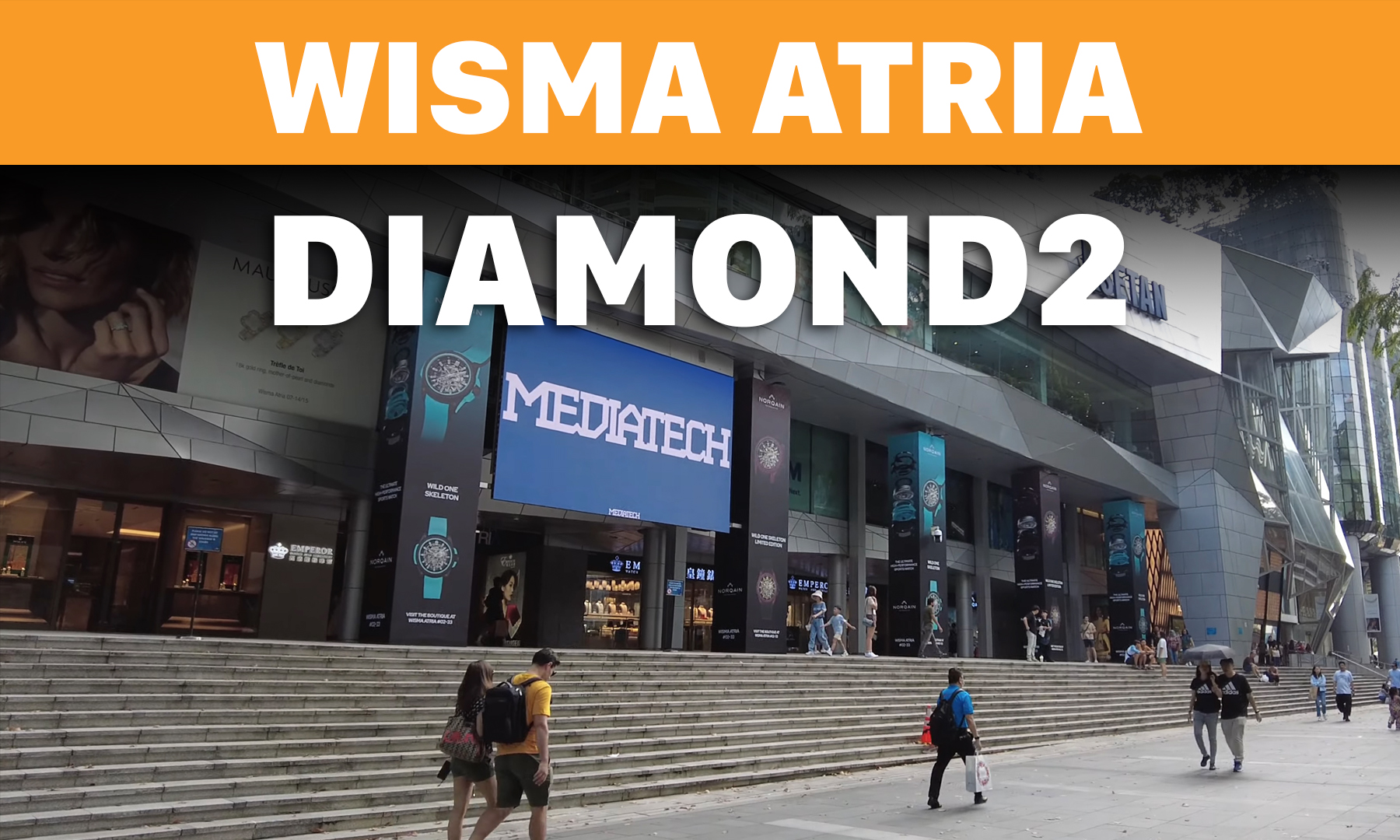The Intricate Connection: Art and Democracy - A Tapestry of Expression and Freedom


Art, in its myriad forms, has long been regarded as a powerful tool for self-expression, cultural exploration, and societal transformation. While its connection to democracy may not be immediately apparent, a deeper examination reveals a profound association between the two. Art and democracy intertwine, creating a tapestry of expression and freedom that empowers individuals, challenges societal norms, and fosters inclusive dialogue.
At the core of democracy lies the principle of free expression, allowing citizens to voice their opinions, ideas, and concerns without fear of repression. Similarly, art embodies the essence of unrestricted creativity and serves as a platform for individuals to convey their thoughts, emotions, and perspectives. Through various artistic mediums such as painting, sculpture, music, literature, dance, and film, artists can communicate their visions, challenge existing power structures, and inspire social change.
Democracy thrives on diversity, recognizing and valuing the multitude of voices within a society. Art reflects this diversity by embracing different cultural backgrounds, experiences, and identities. Artists from all walks of life are able to share their unique narratives and challenge dominant narratives, fostering a more inclusive and empathetic society. In this sense, art plays a crucial role in amplifying marginalized voices and shedding light on social injustices that may otherwise remain hidden.
Furthermore, art has the power to break down barriers and bridge divides. In a democratic society, open dialogue and understanding are vital for progress. Art can serve as a universal language, transcending linguistic, cultural, and political boundaries. It has the ability to evoke emotions, provoke introspection, and initiate conversations that bring people together. Through shared experiences of artistic expression, individuals can find common ground, challenge preconceived notions, and cultivate empathy, thus strengthening the bonds of democracy.
Art also serves as a check on power and a catalyst for change. In democratic societies, citizens have the right to hold their leaders accountable and demand transparency. Artists often act as the conscience of society, challenging authority, critiquing policies, and advocating for justice. Their creations serve as a mirror that reflects the triumphs and shortcomings of democracy, reminding us of our collective responsibility to protect and uphold its principles.
Furthermore, art promotes civic engagement and citizen empowerment. By encouraging critical thinking, imagination, and creativity, art cultivates active and informed citizens. It inspires individuals to question the status quo, explore alternative possibilities, and actively participate in shaping the democratic process. Through artistic endeavors, people can engage in public discourse, raise awareness, and contribute to the formation of a more vibrant and inclusive democracy.
In essence, art and democracy share a profound symbiotic relationship. Art celebrates the inherent freedom and diversity that democracy champions, while democracy provides the necessary environment for artistic expression to flourish. Together, they weave a tapestry of expression and freedom, enabling individuals to explore their identities, challenge societal norms, and actively participate in the democratic fabric of society. It is through the synergy of art and democracy that our collective human experience is enriched, and the essence of freedom finds its fullest expression.
So, let us celebrate and embrace the inseparable bond between art and democracy, recognizing their shared values of expression, inclusivity, and freedom. In doing so, we affirm our commitment to a society where diverse voices are heard, creativity is cherished, and the democratic spirit remains ever vibrant.





